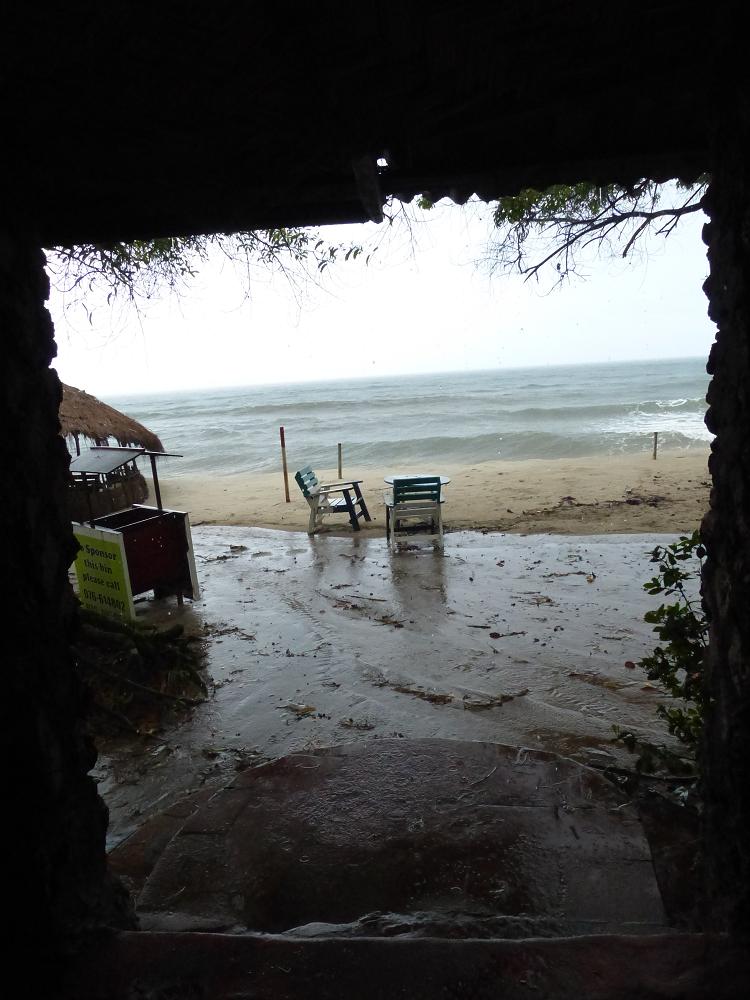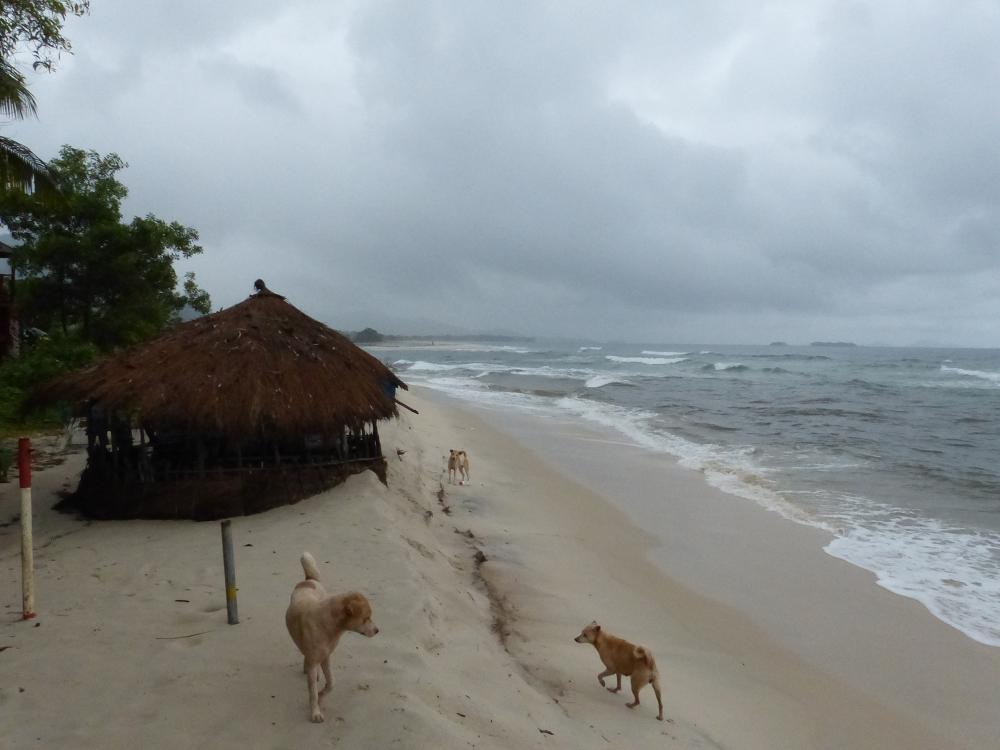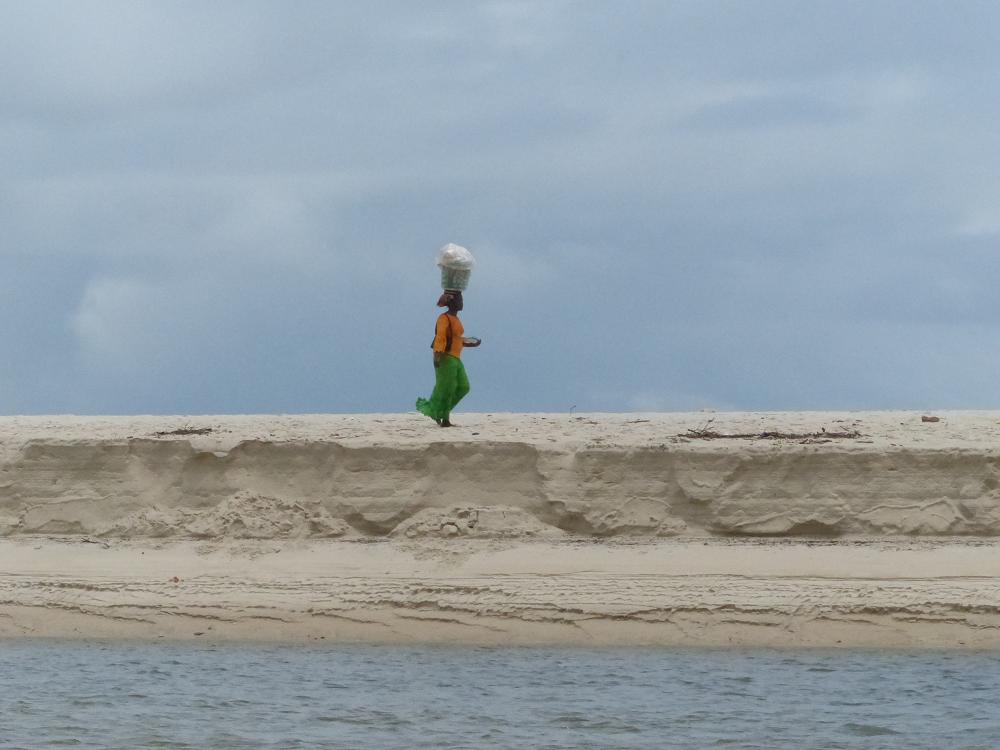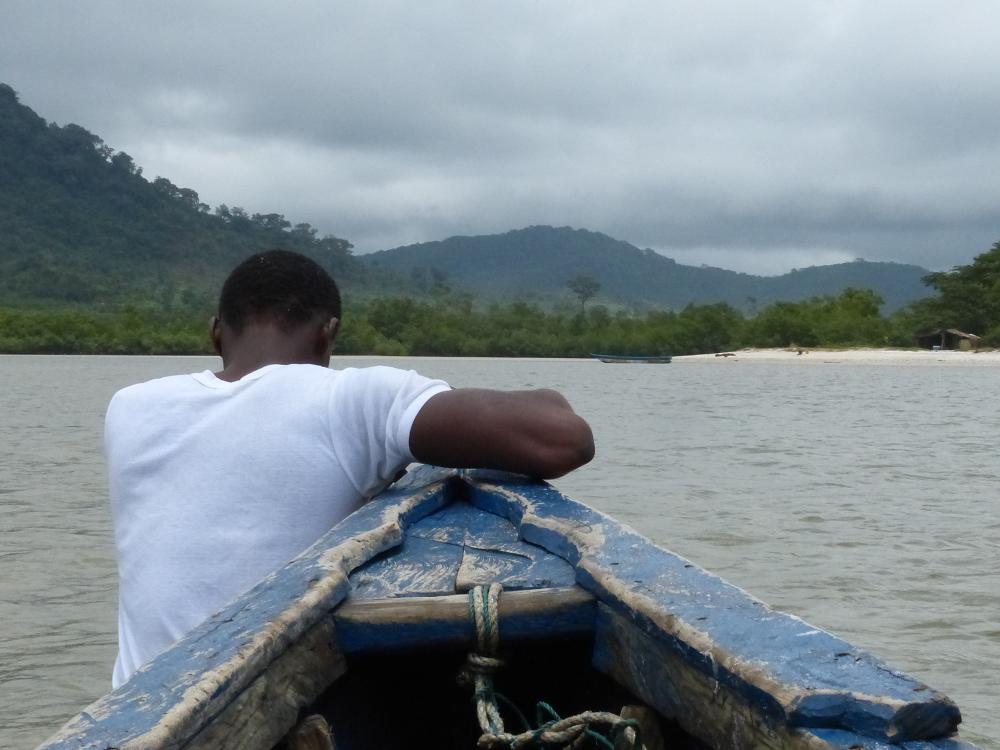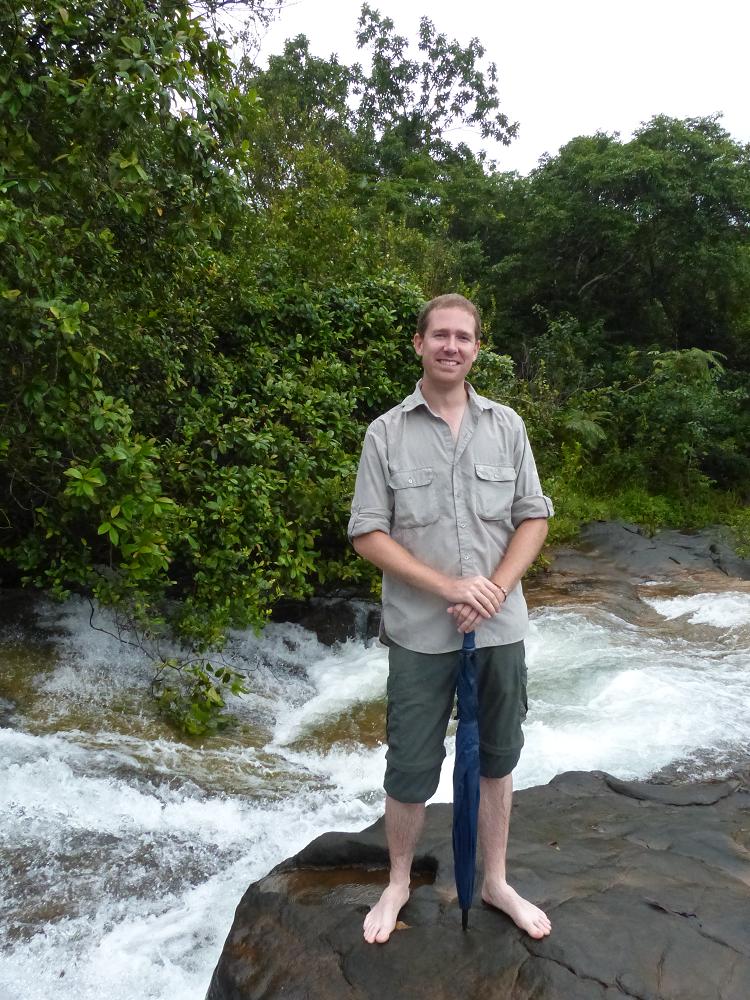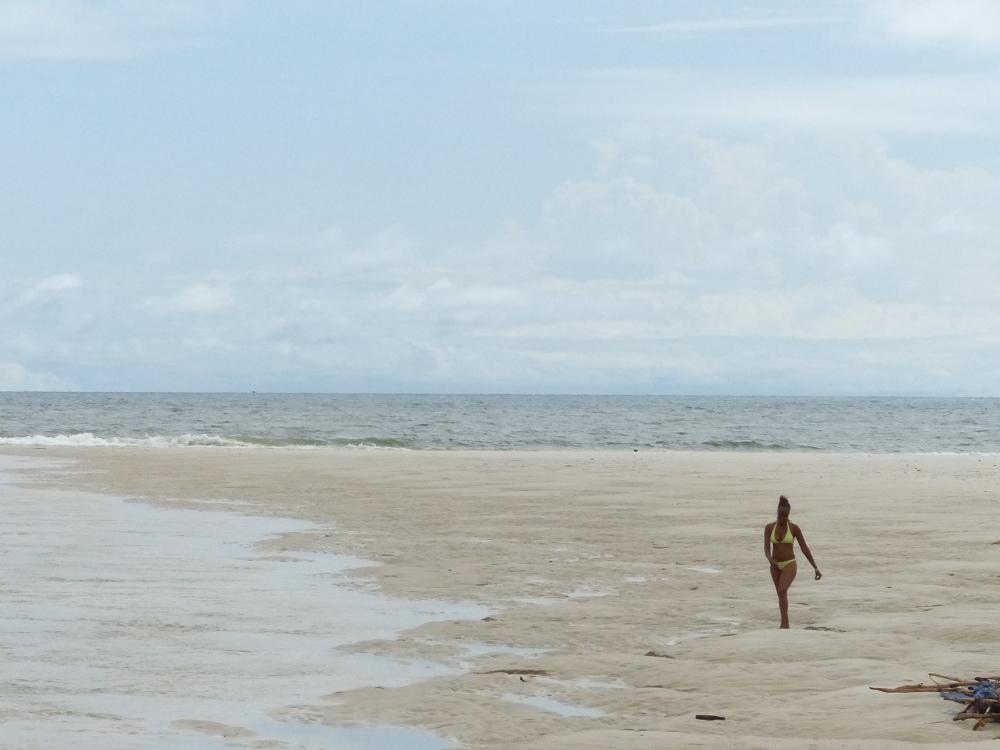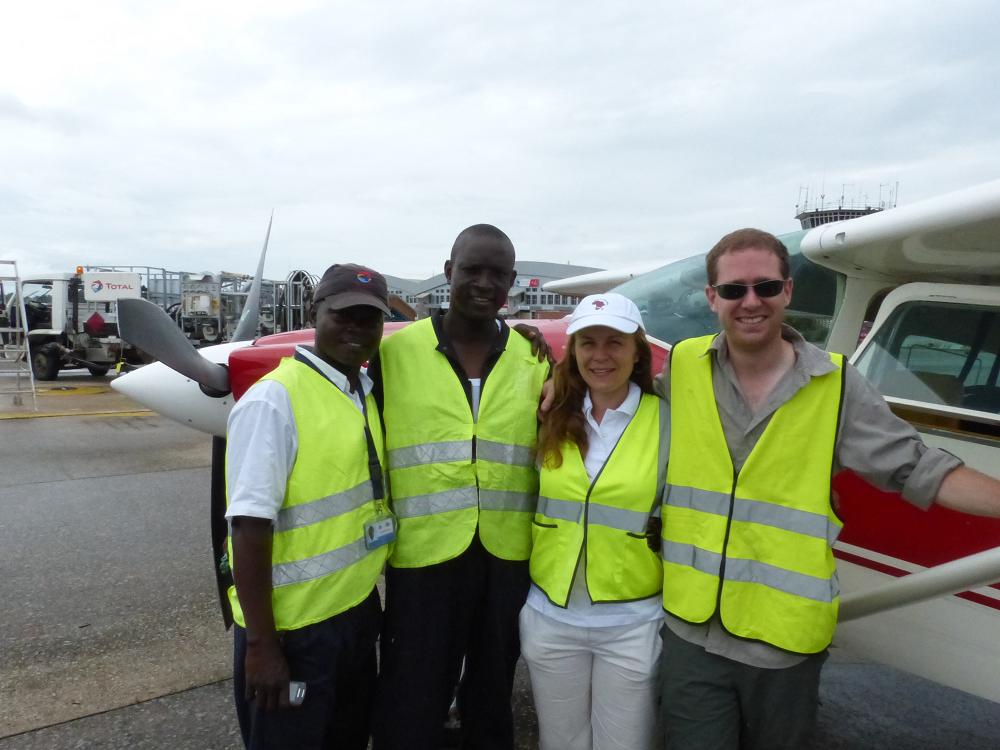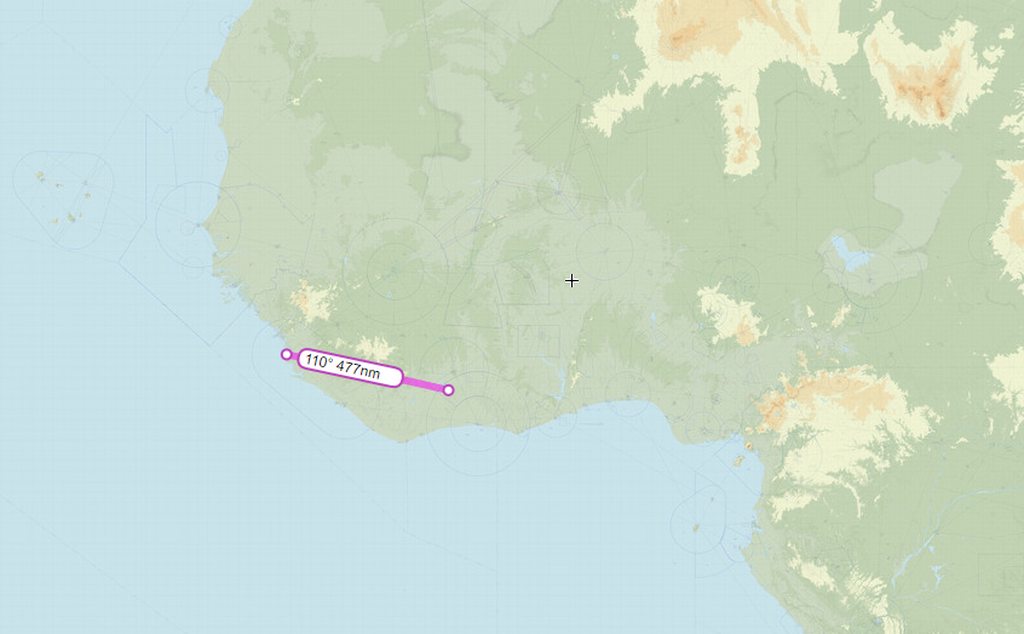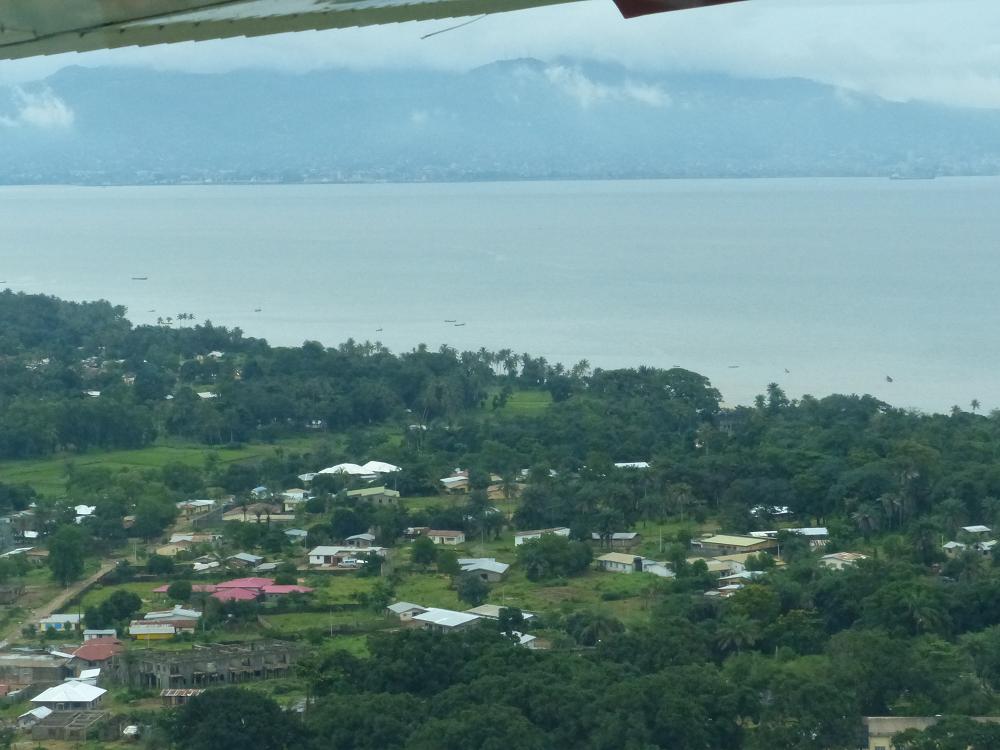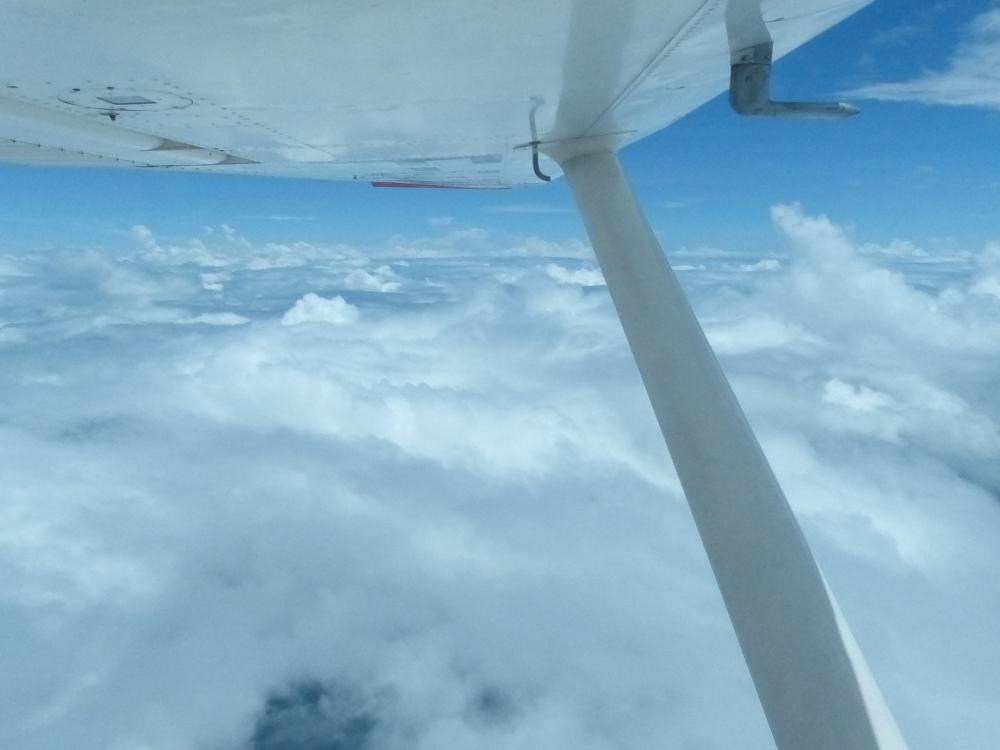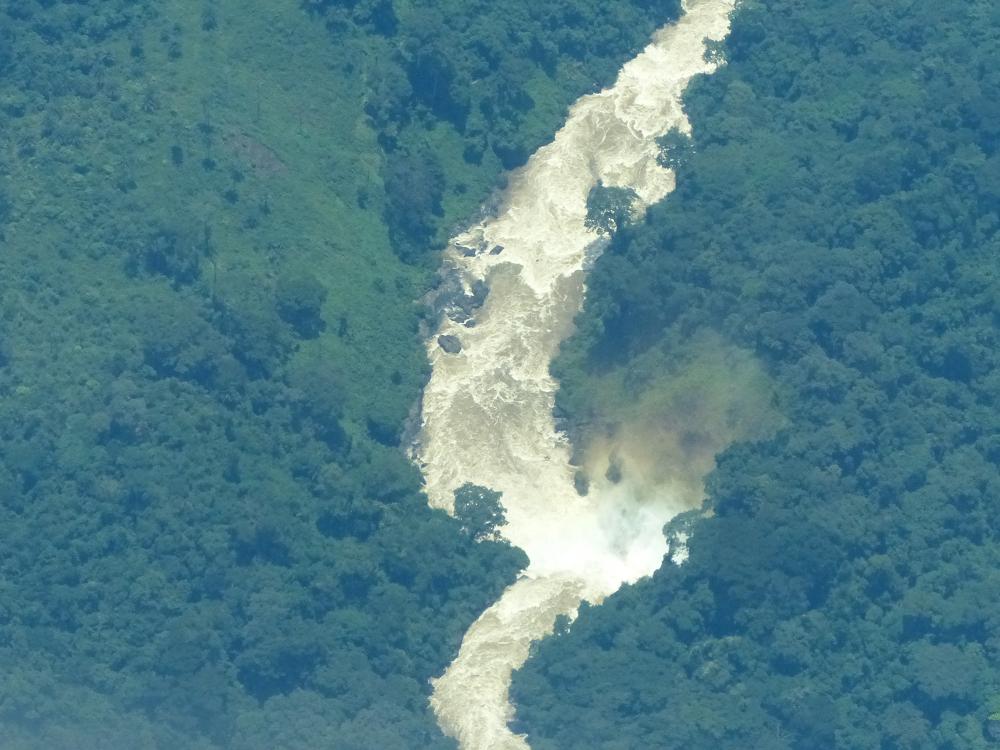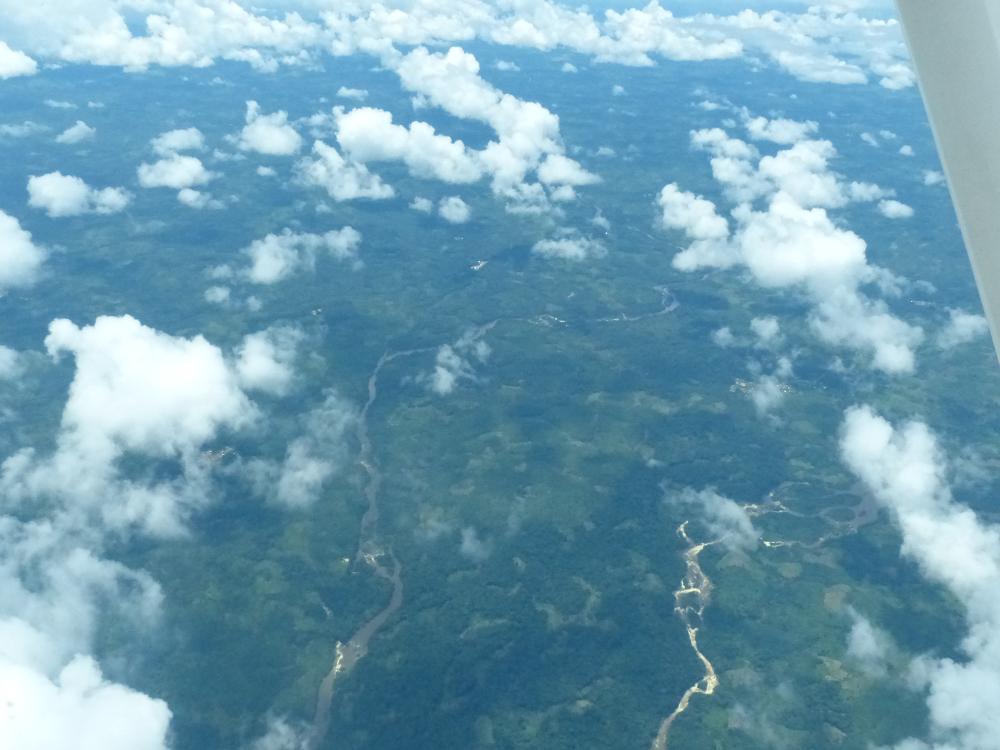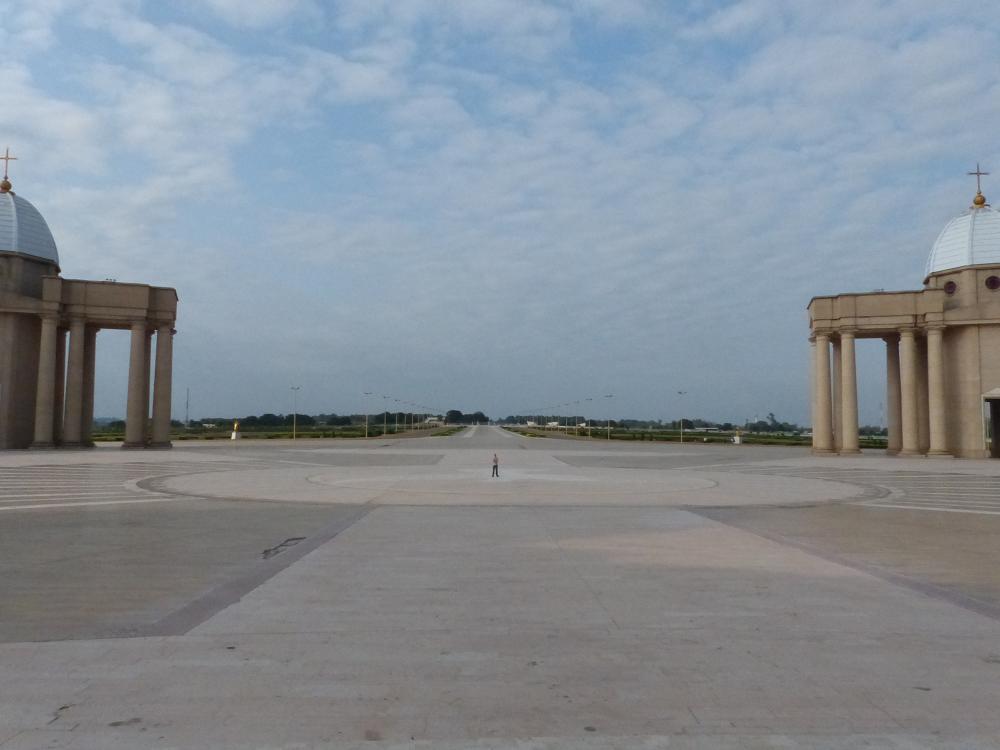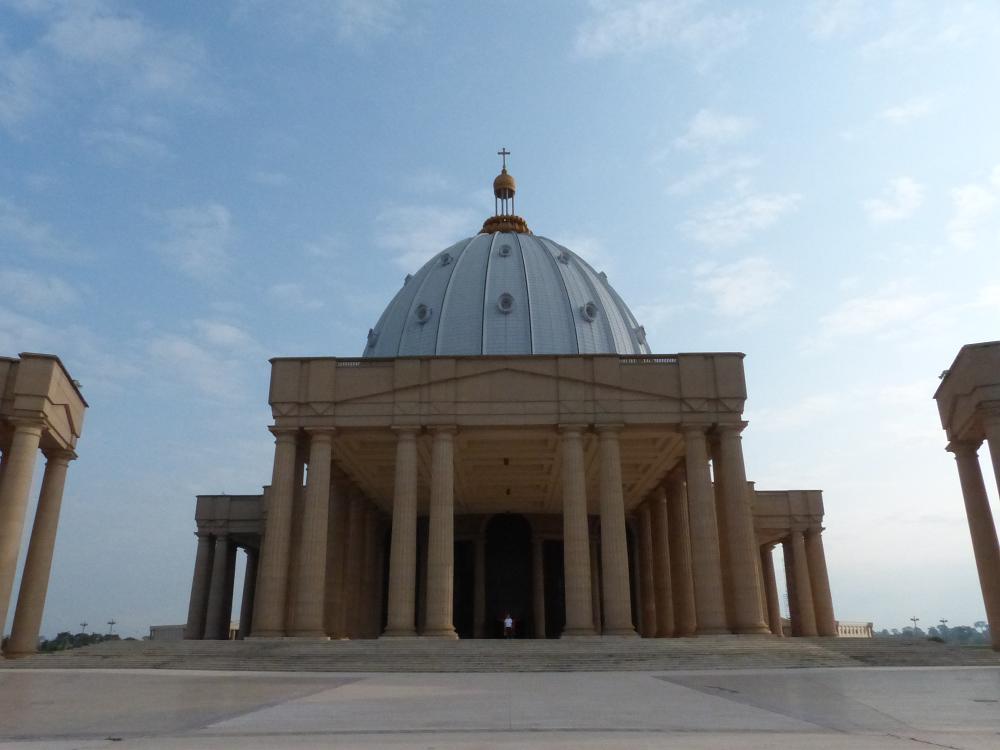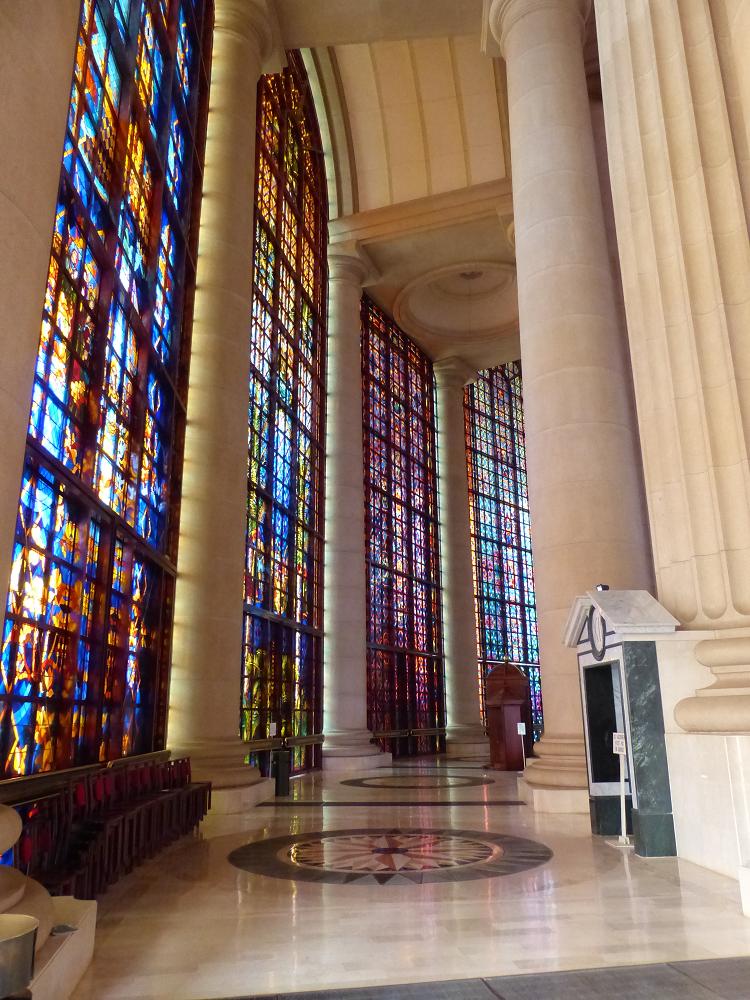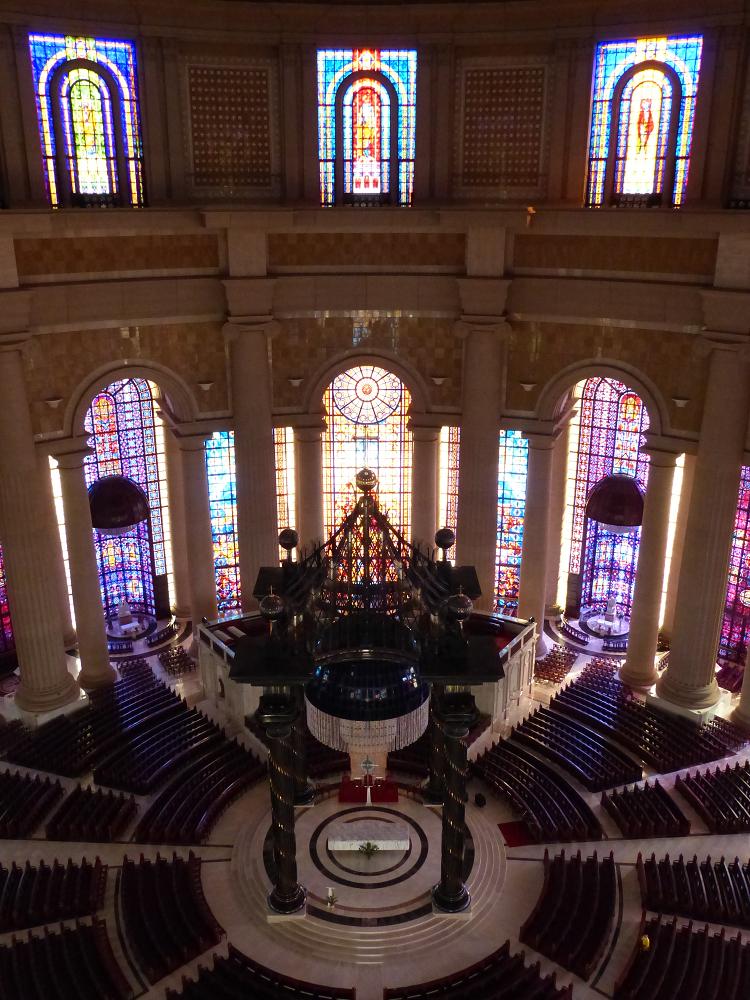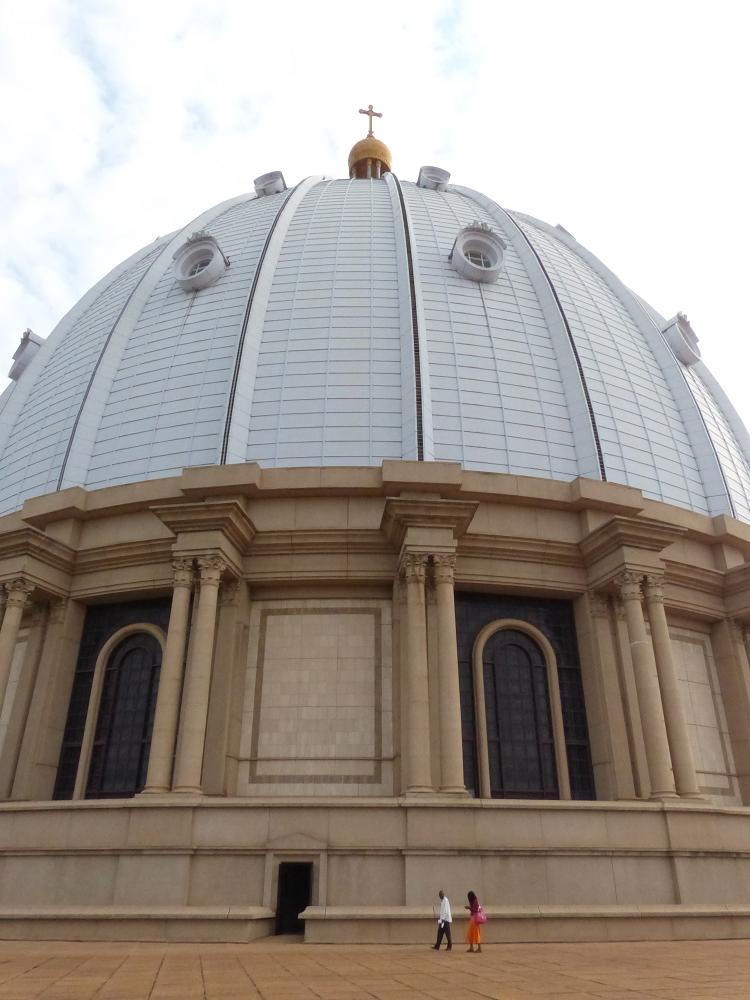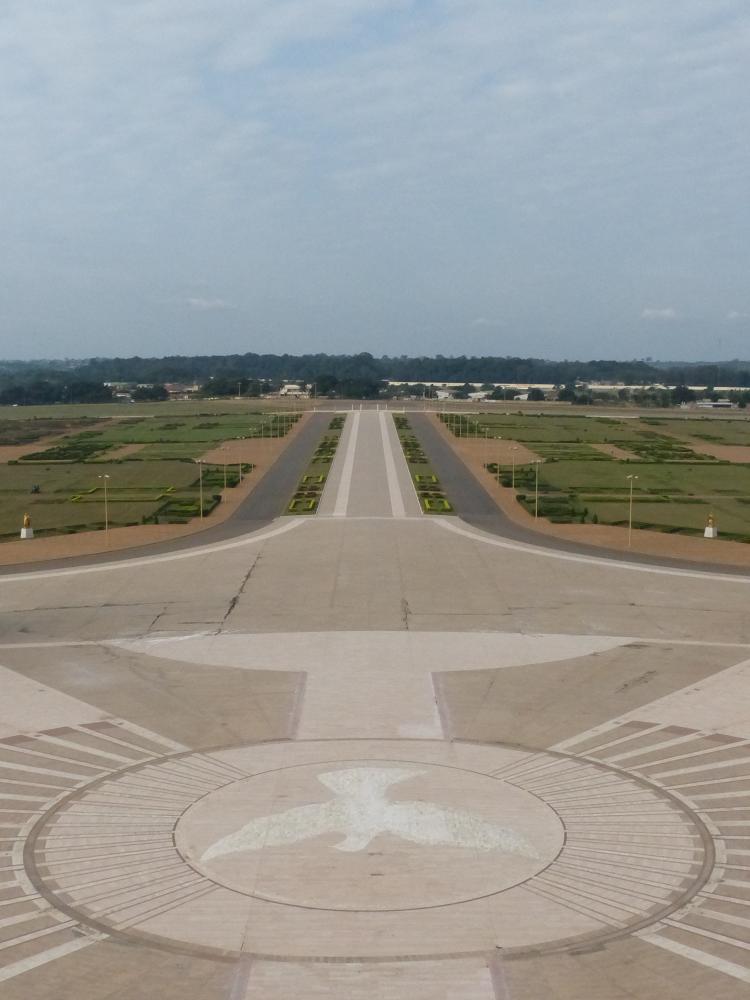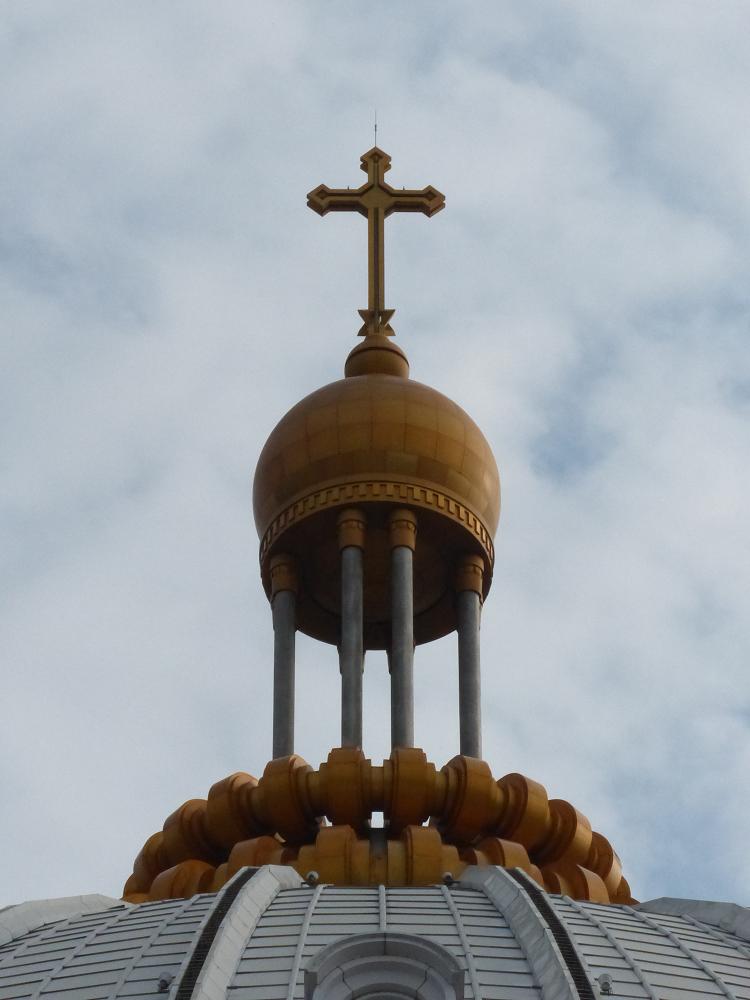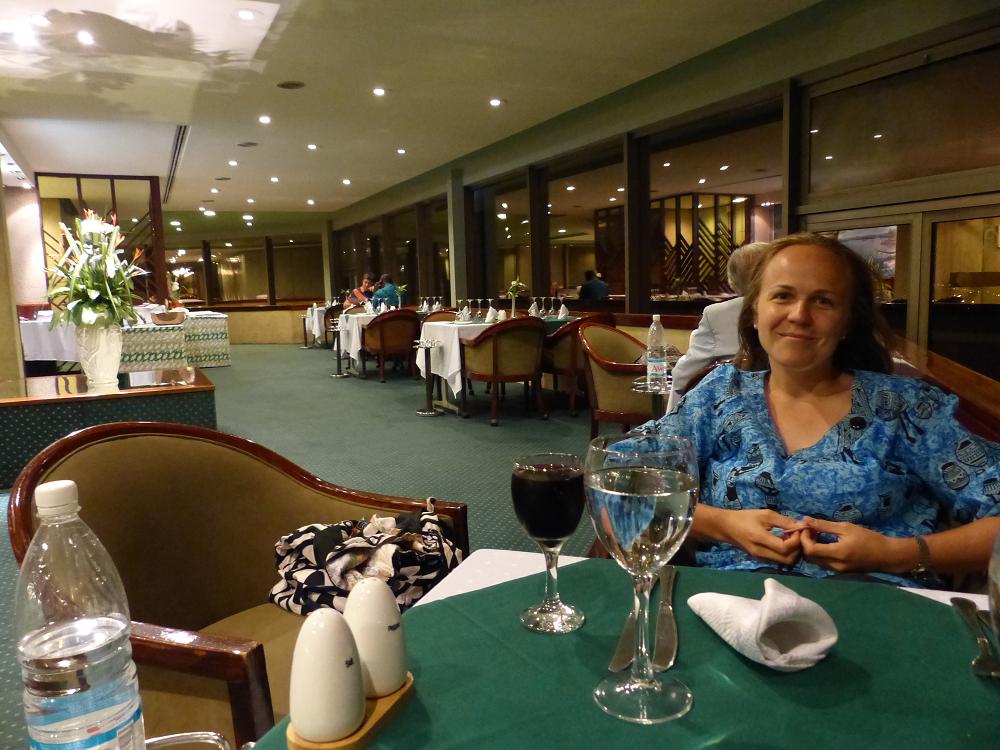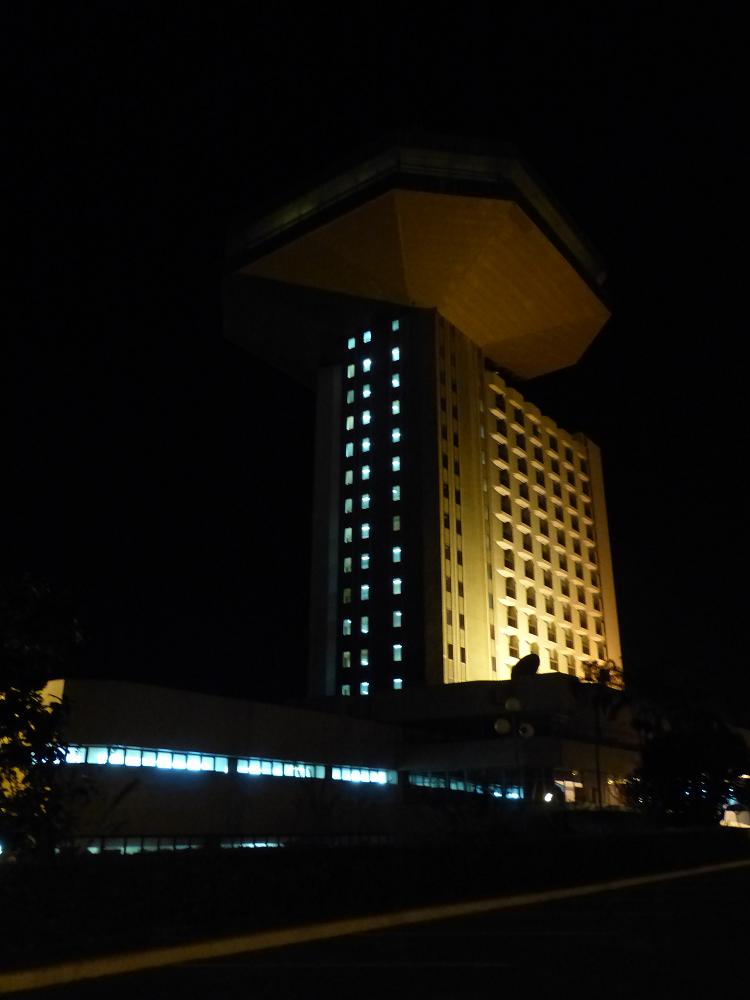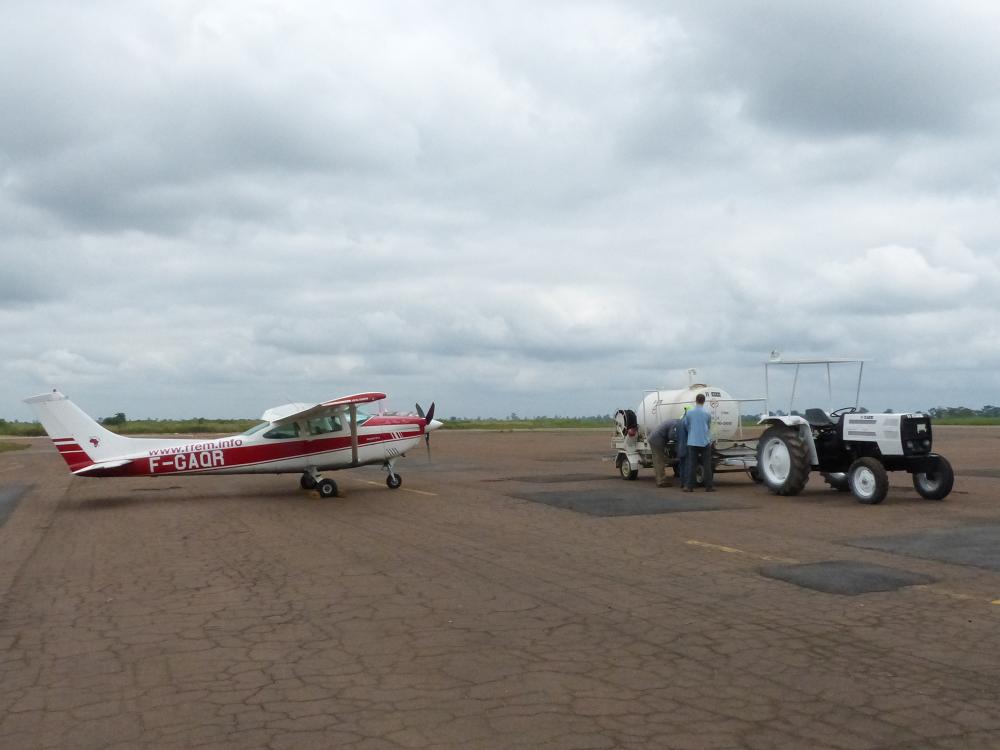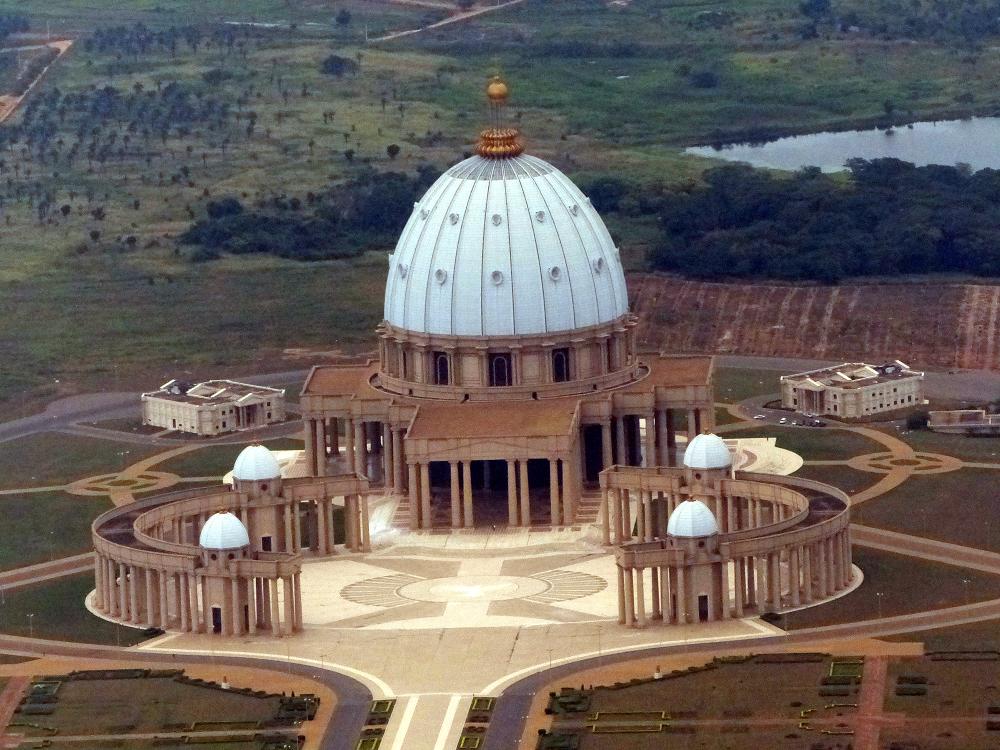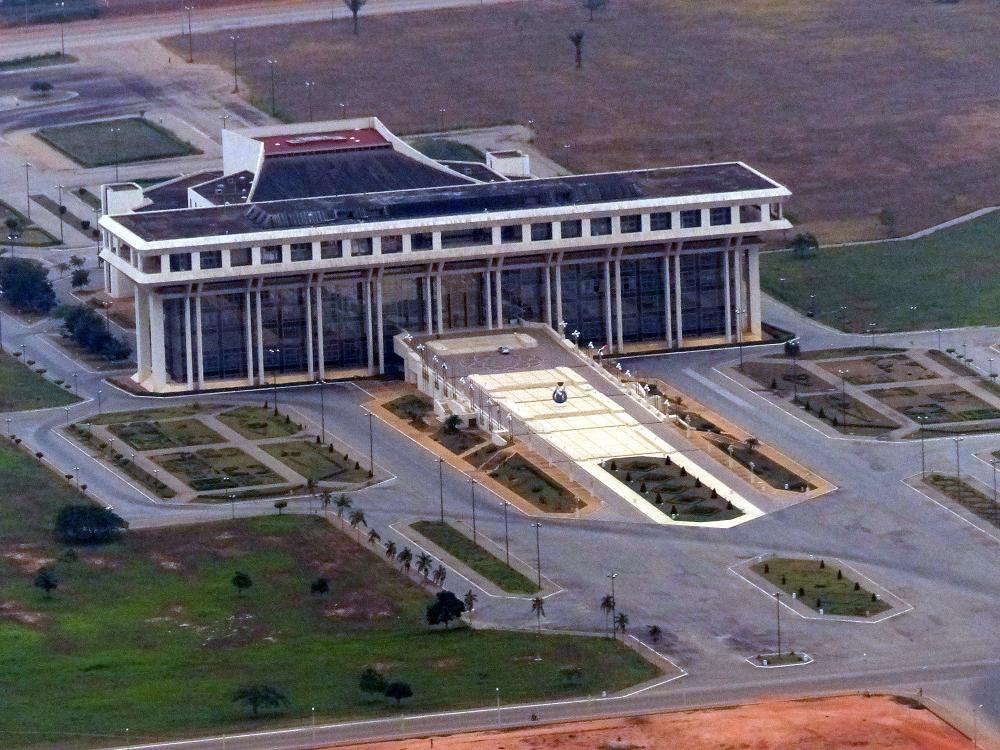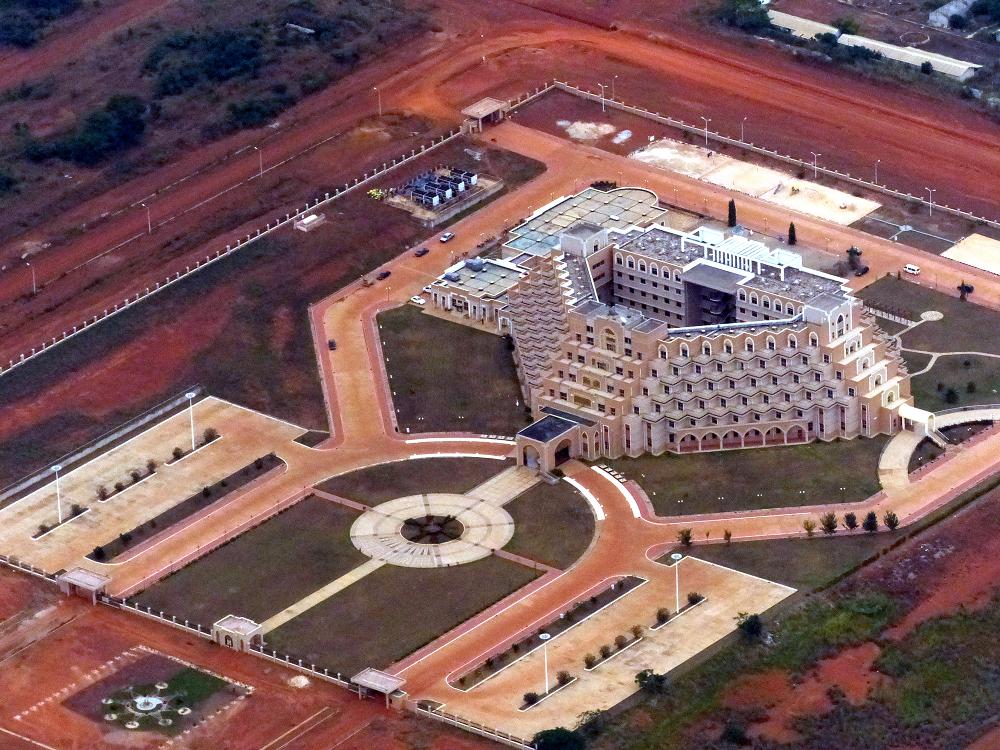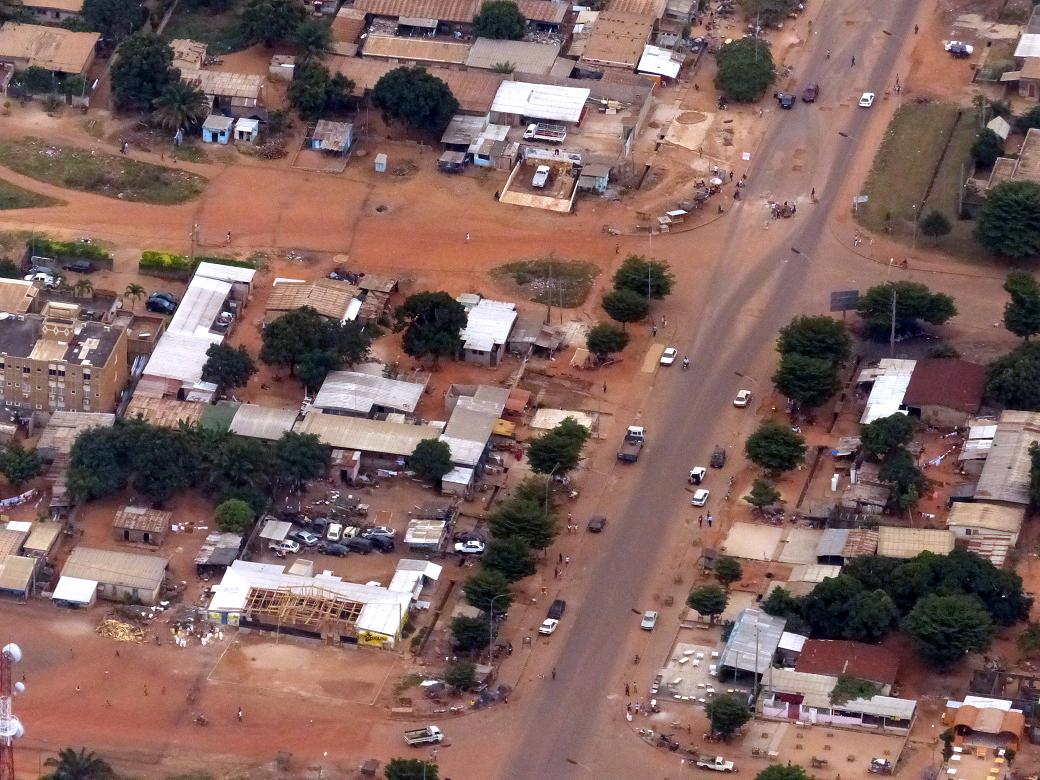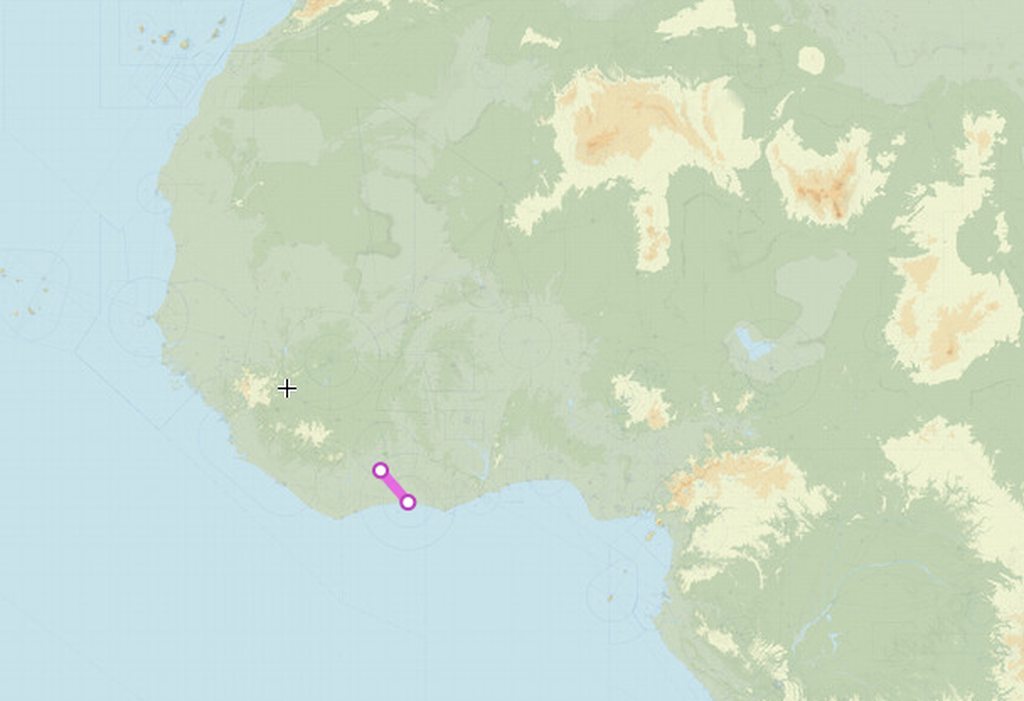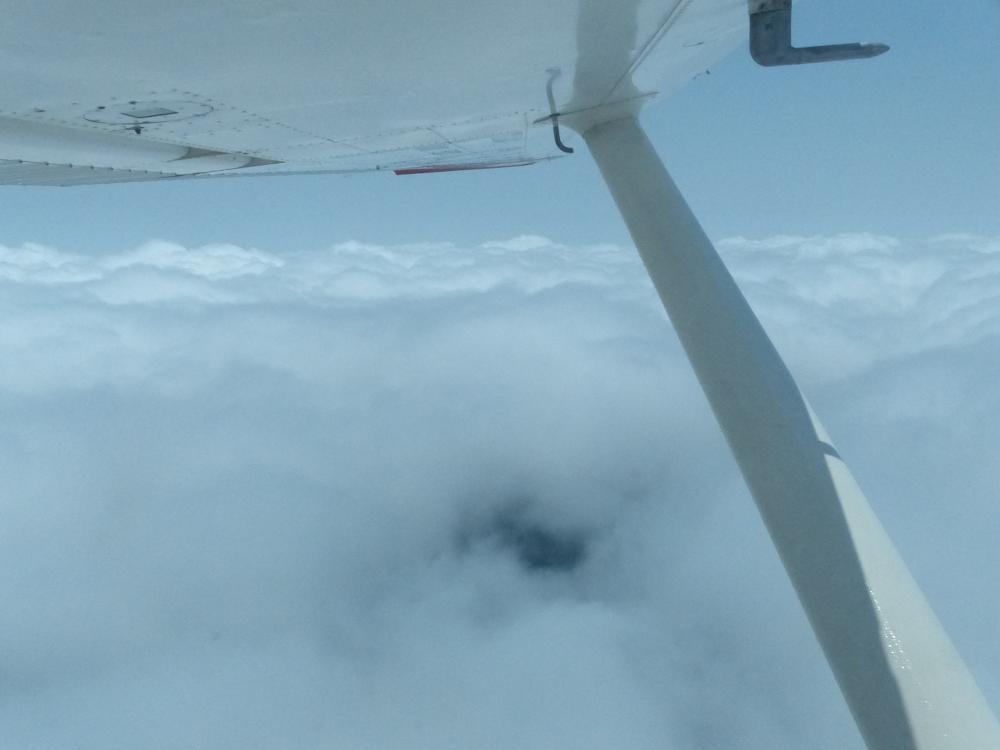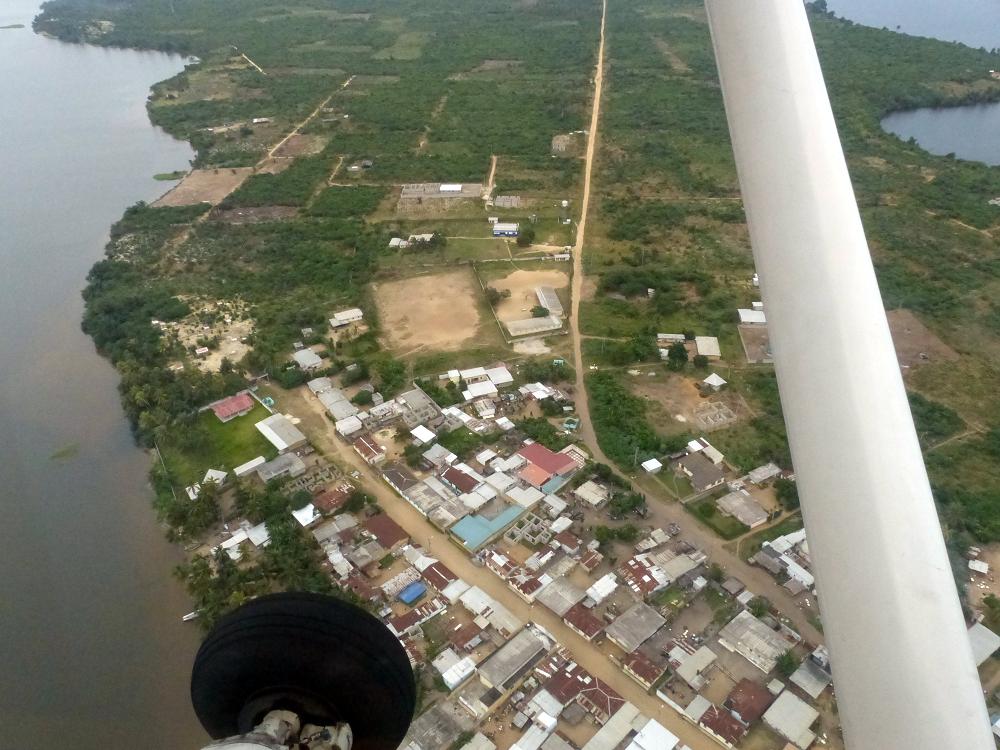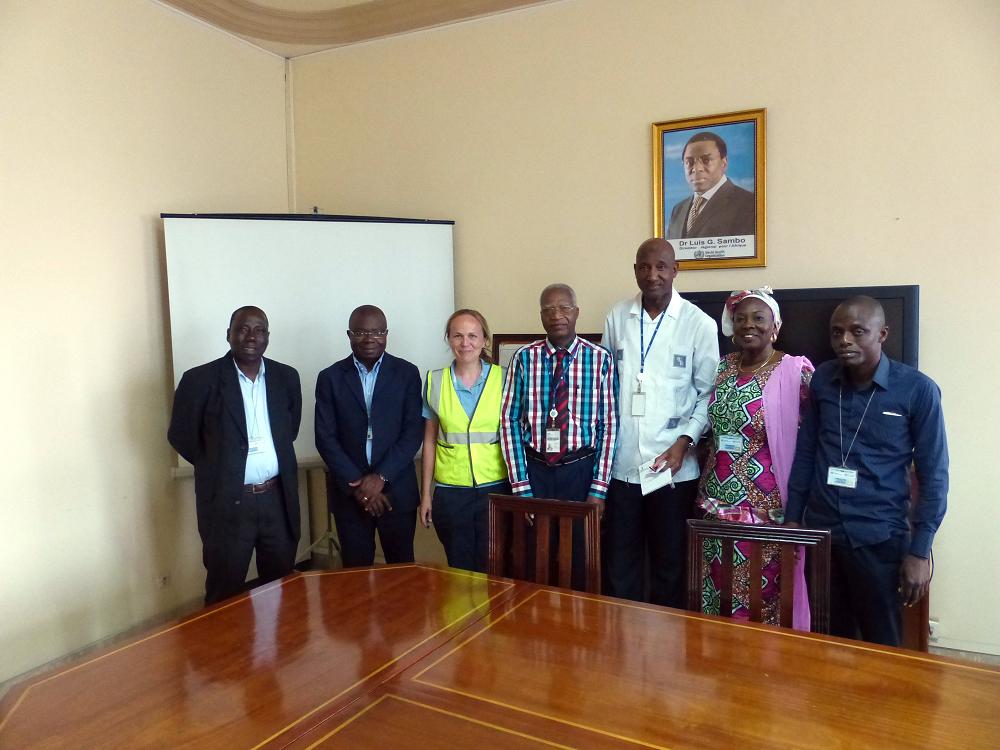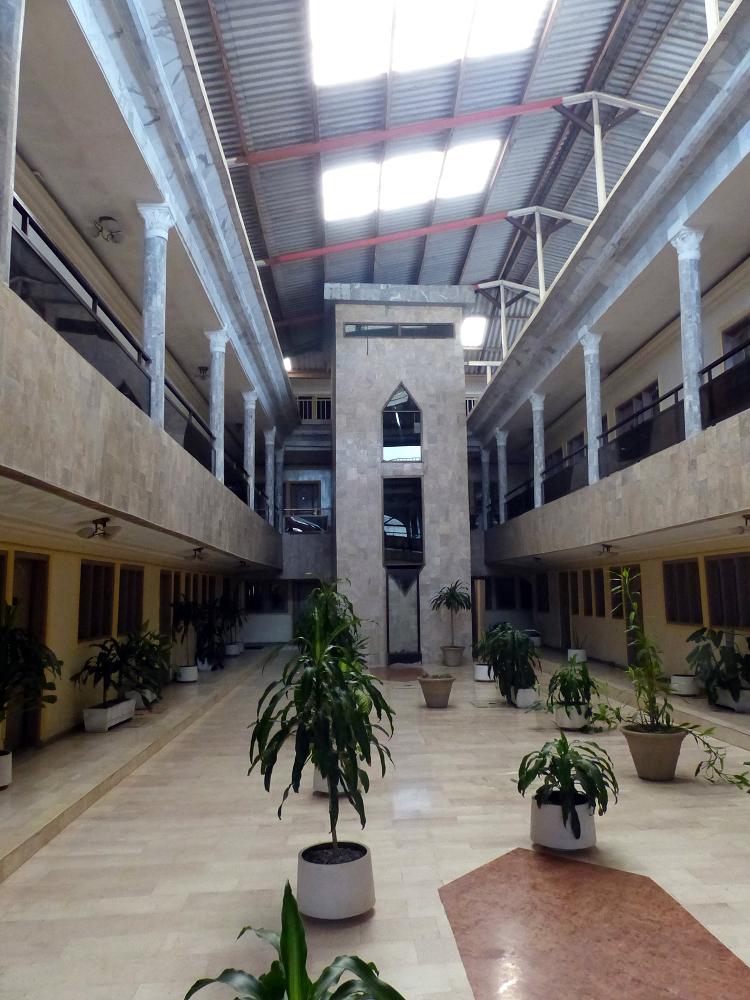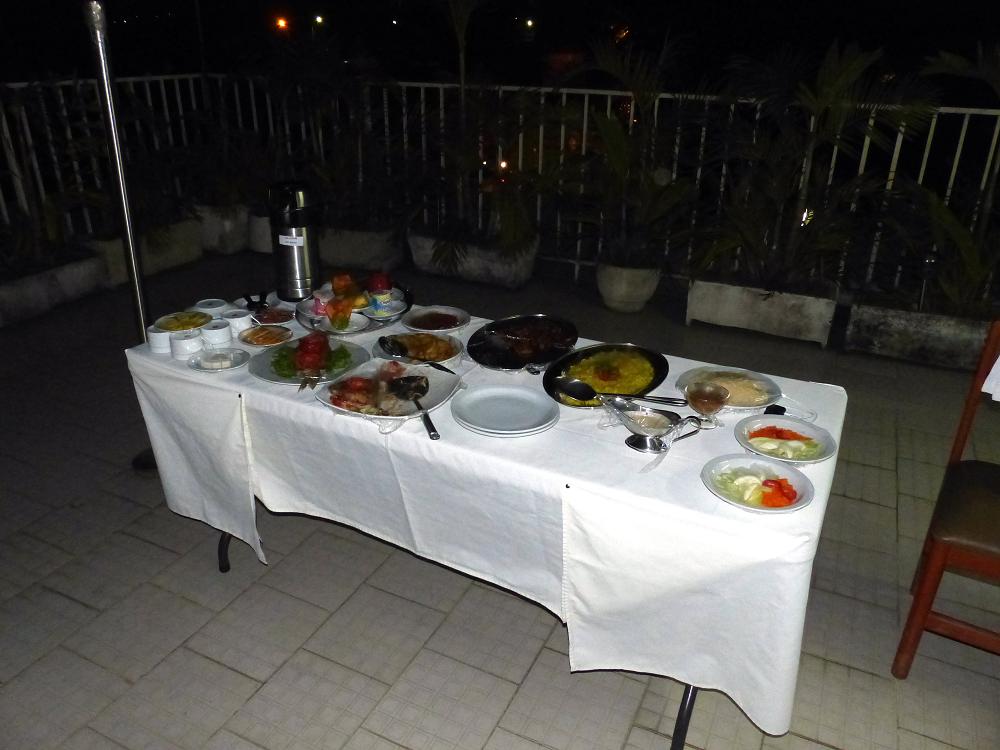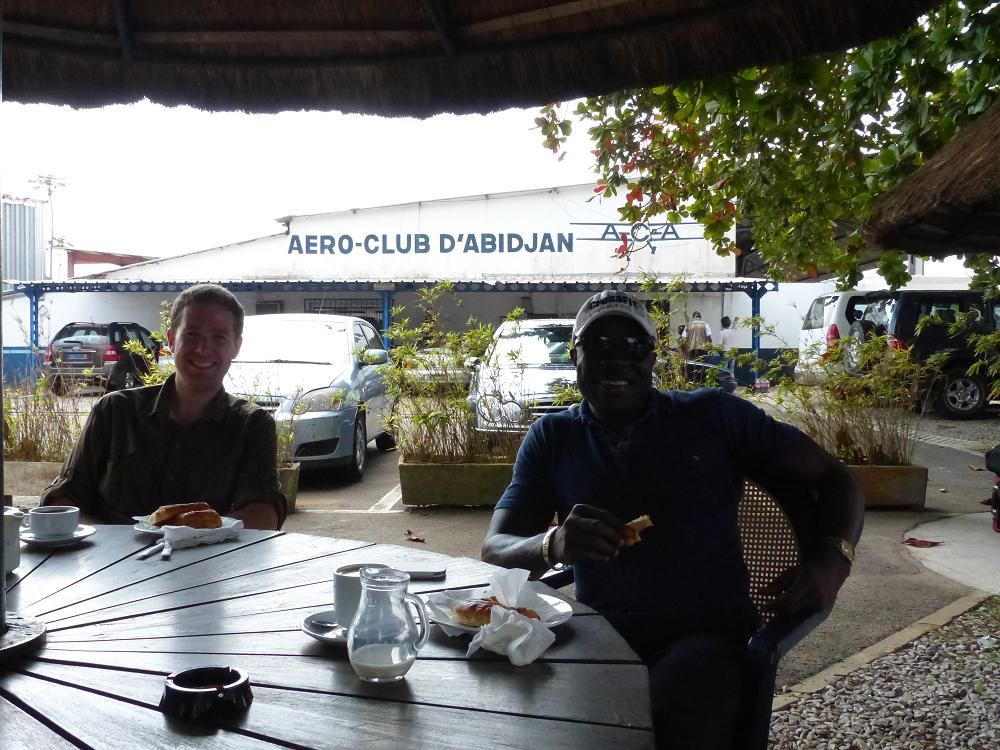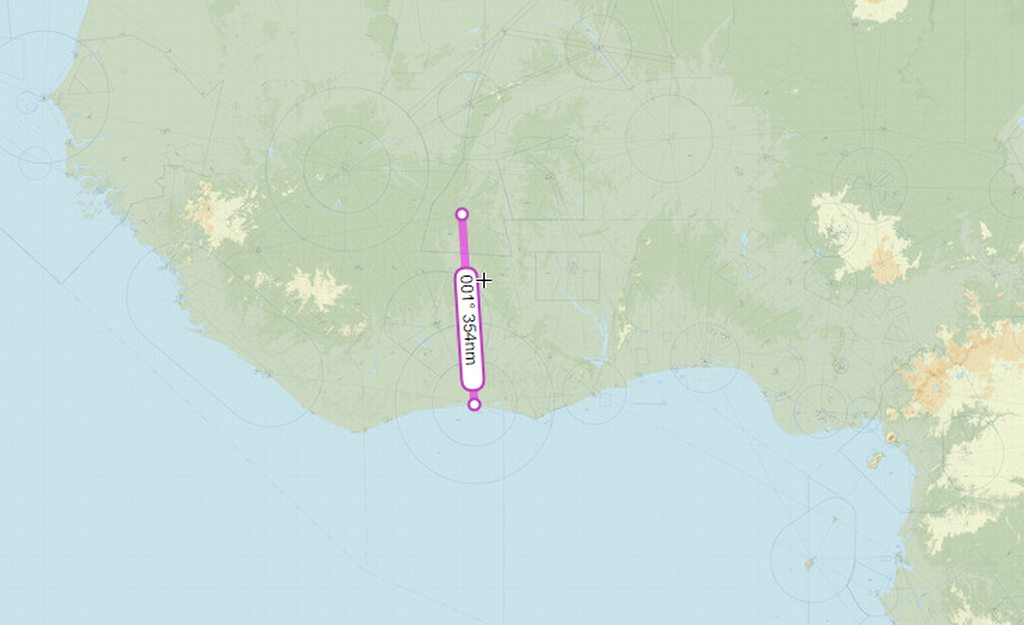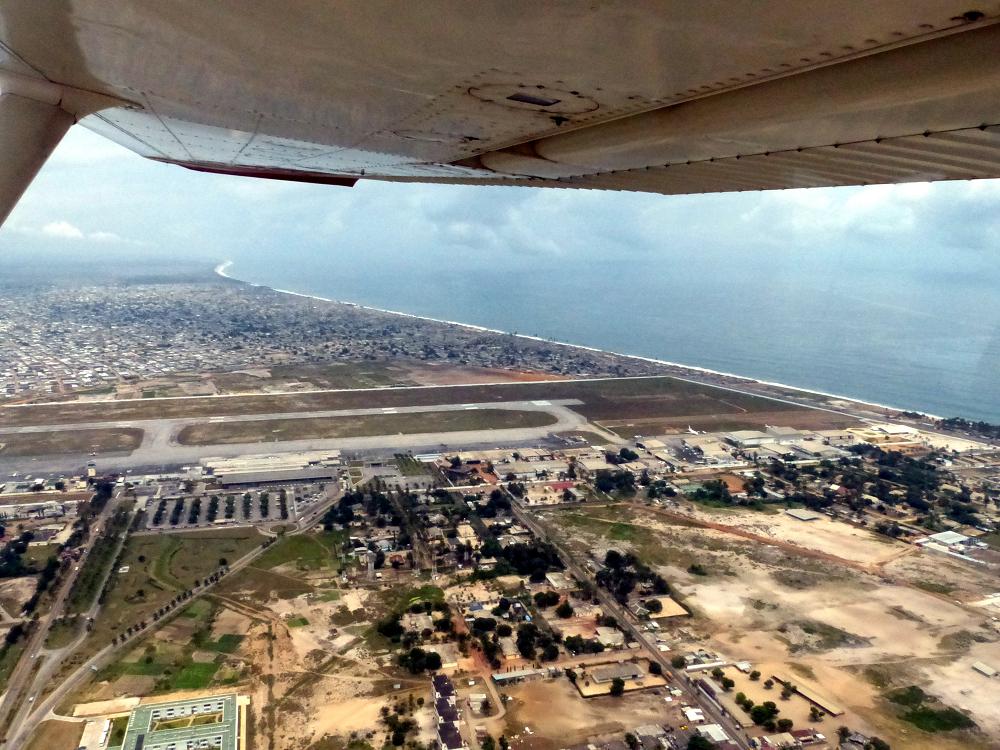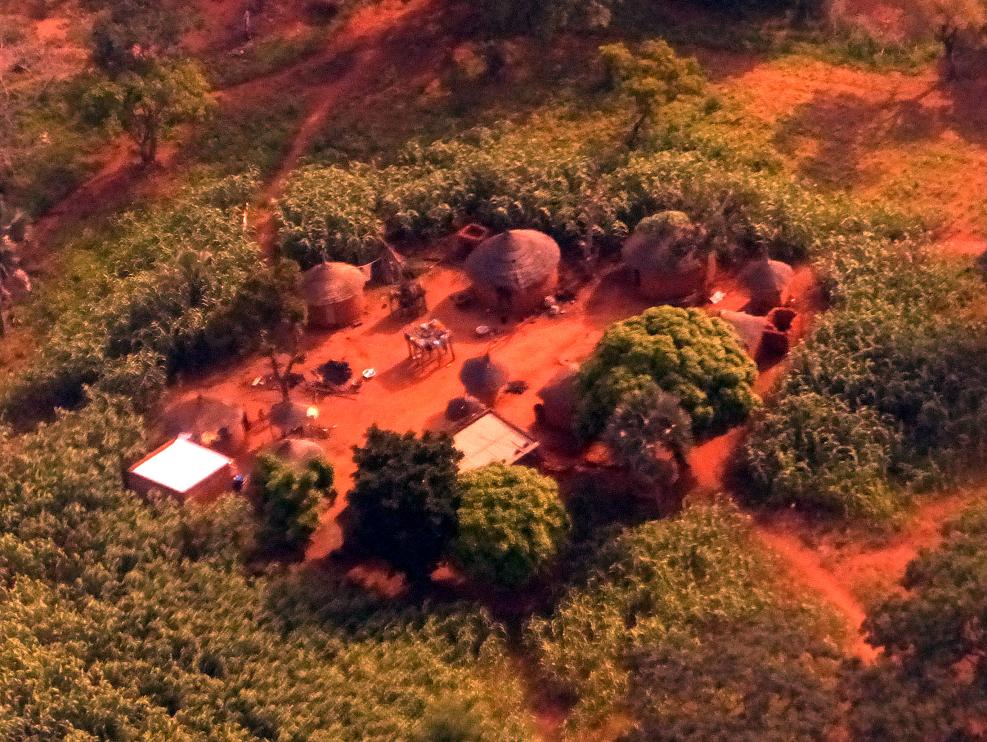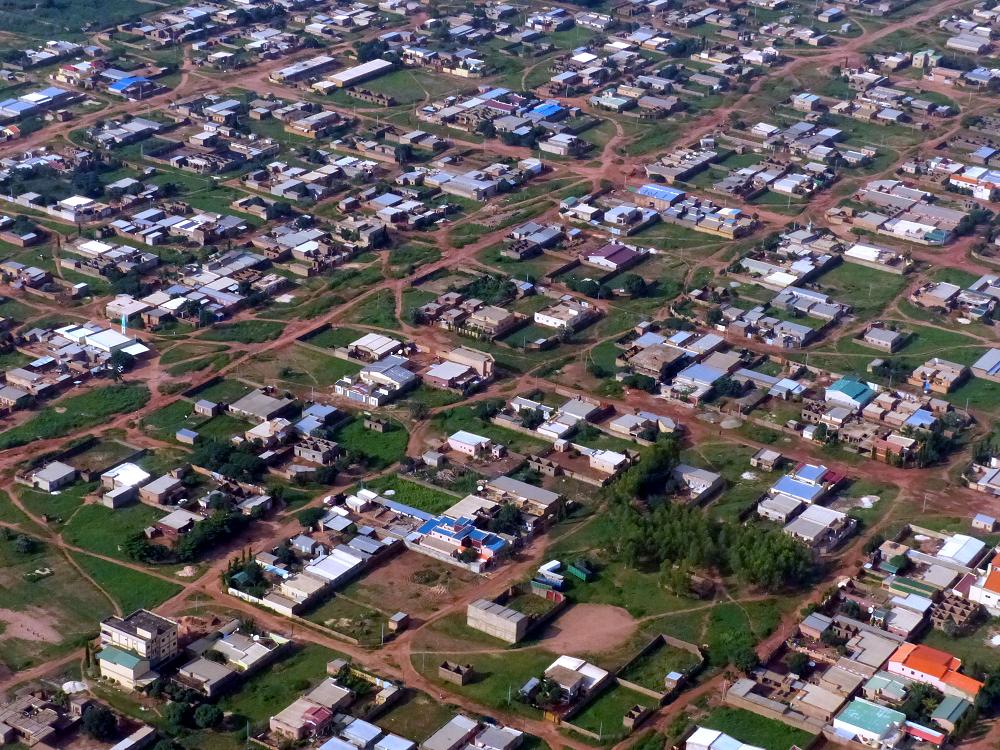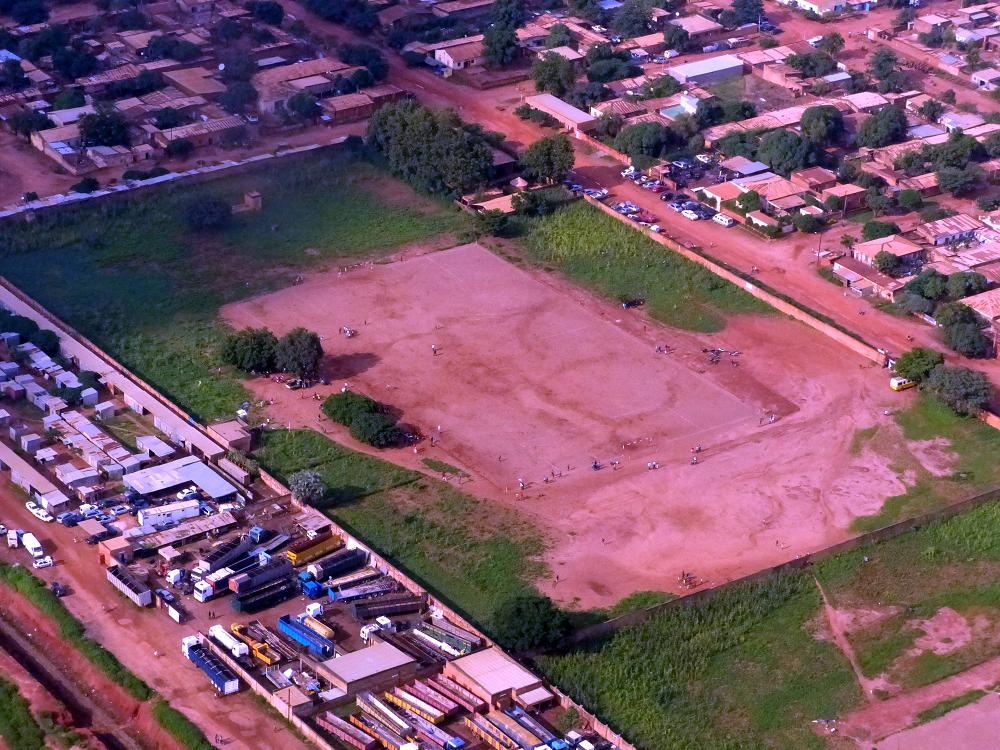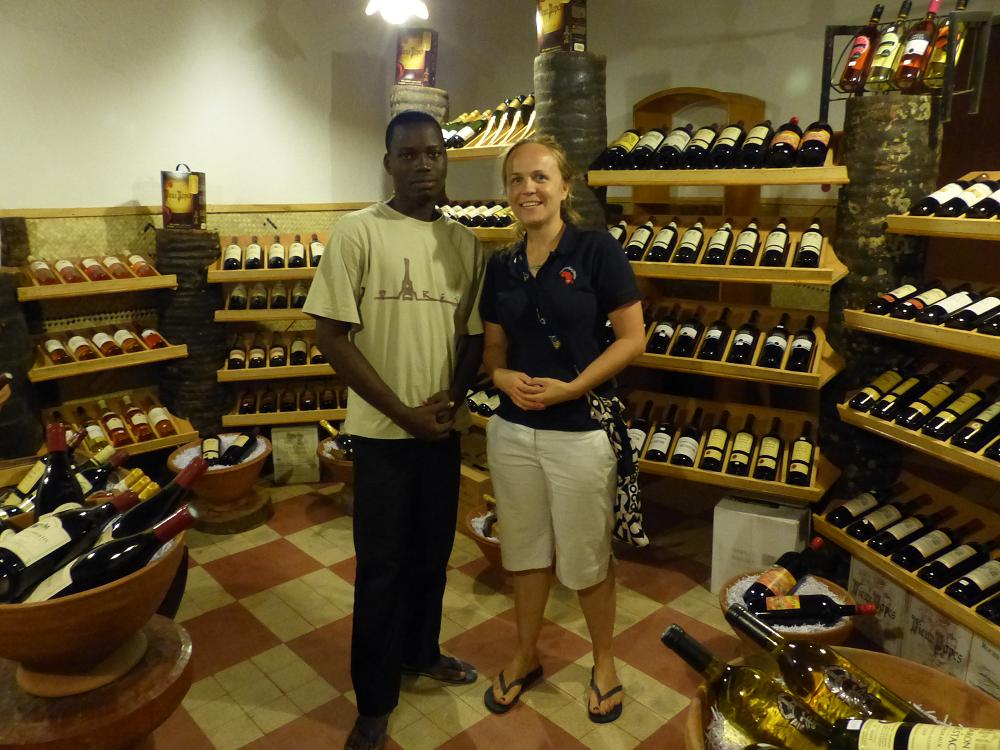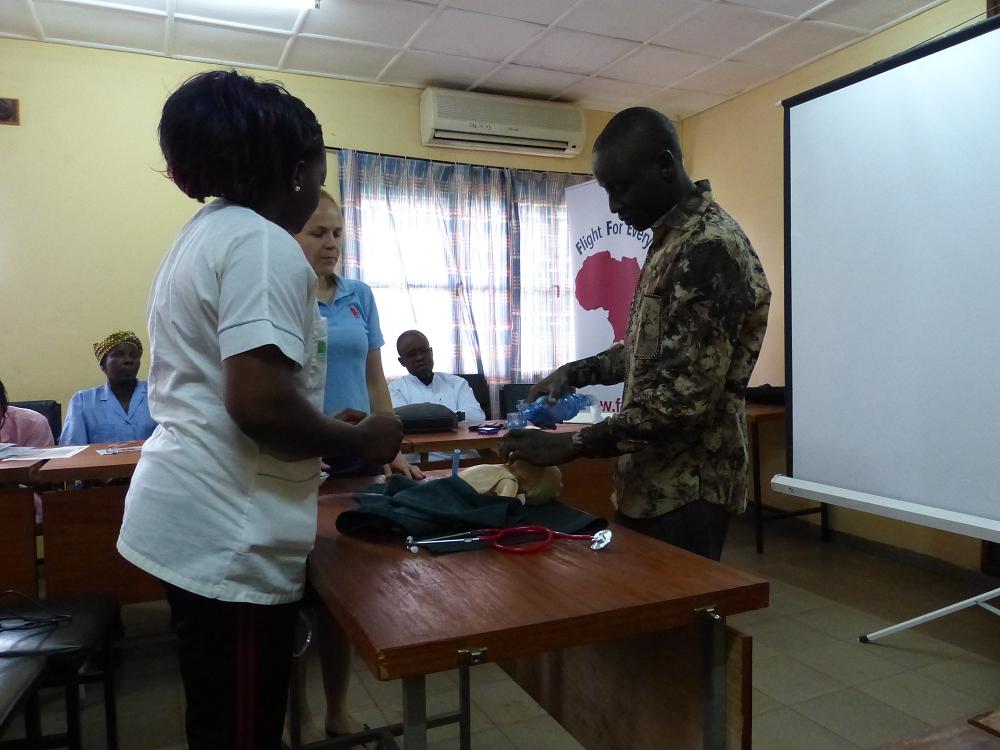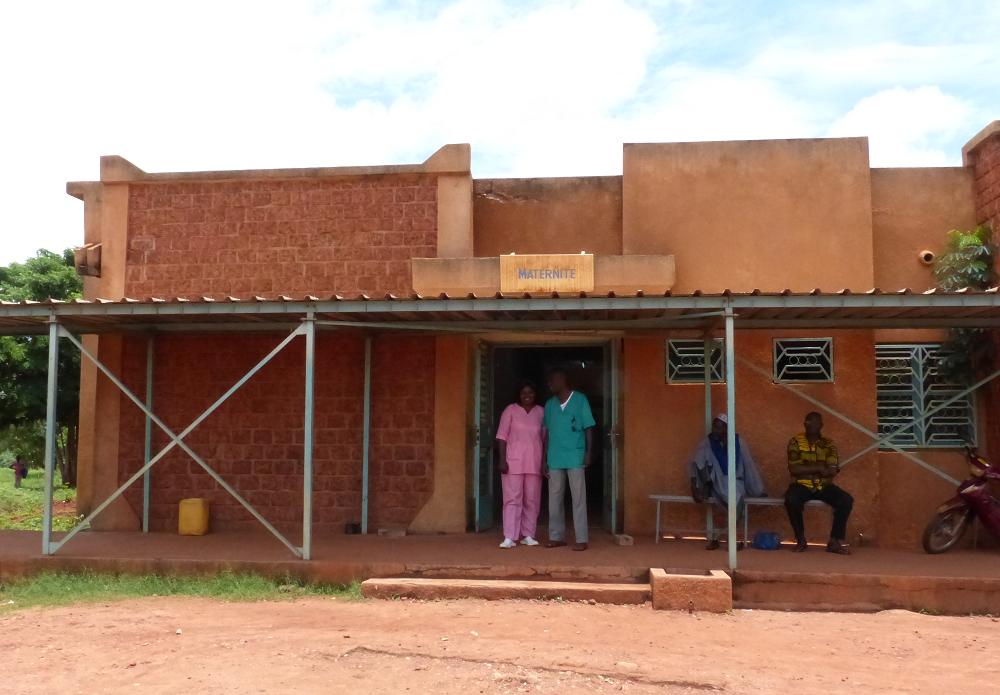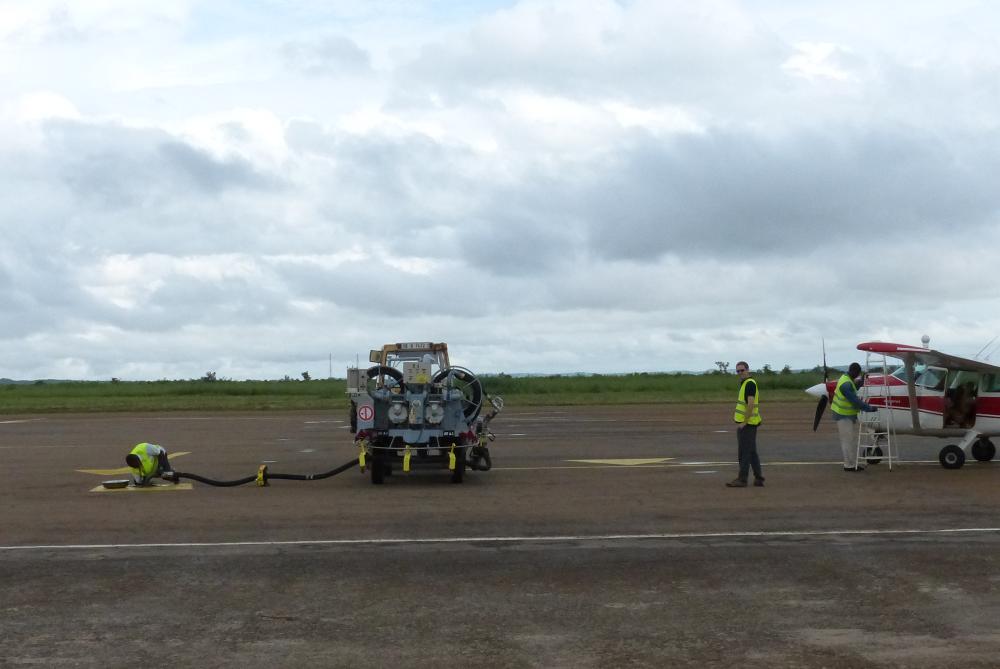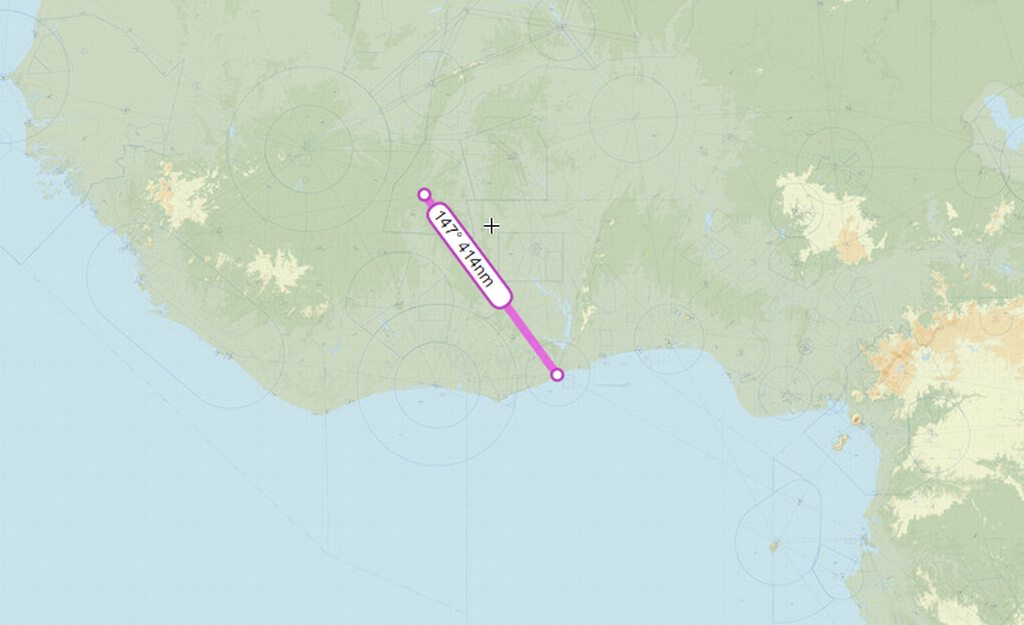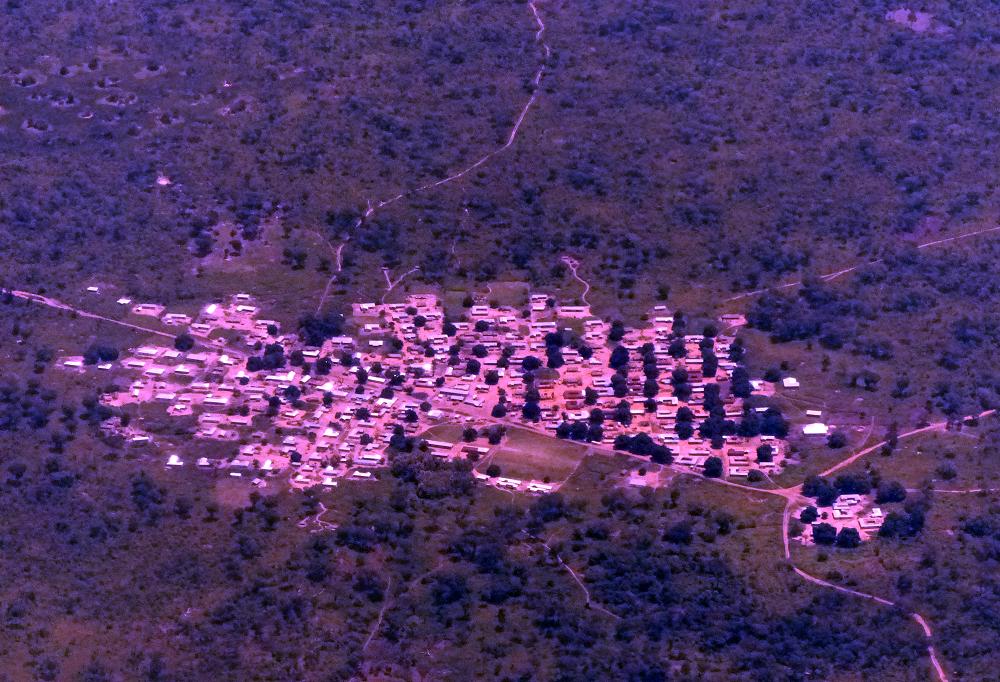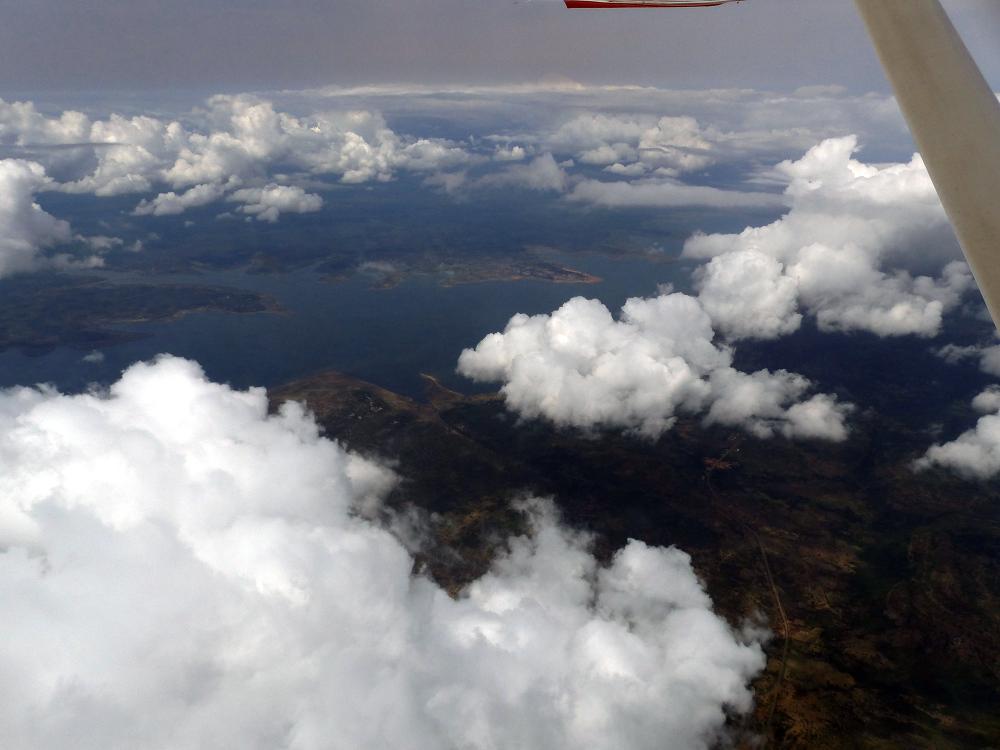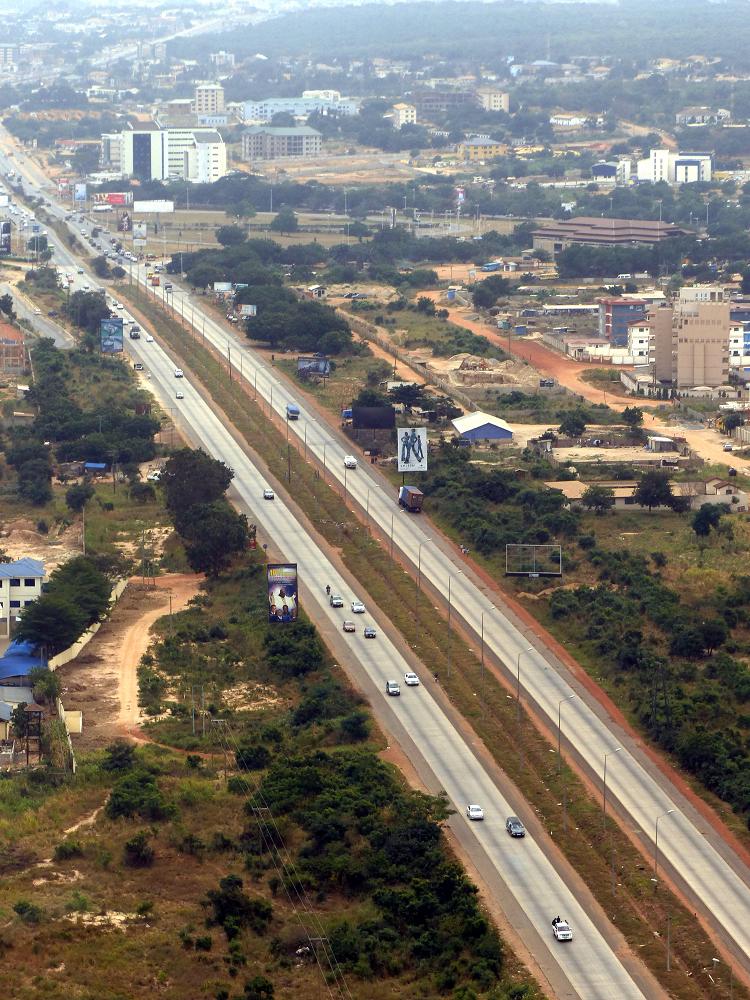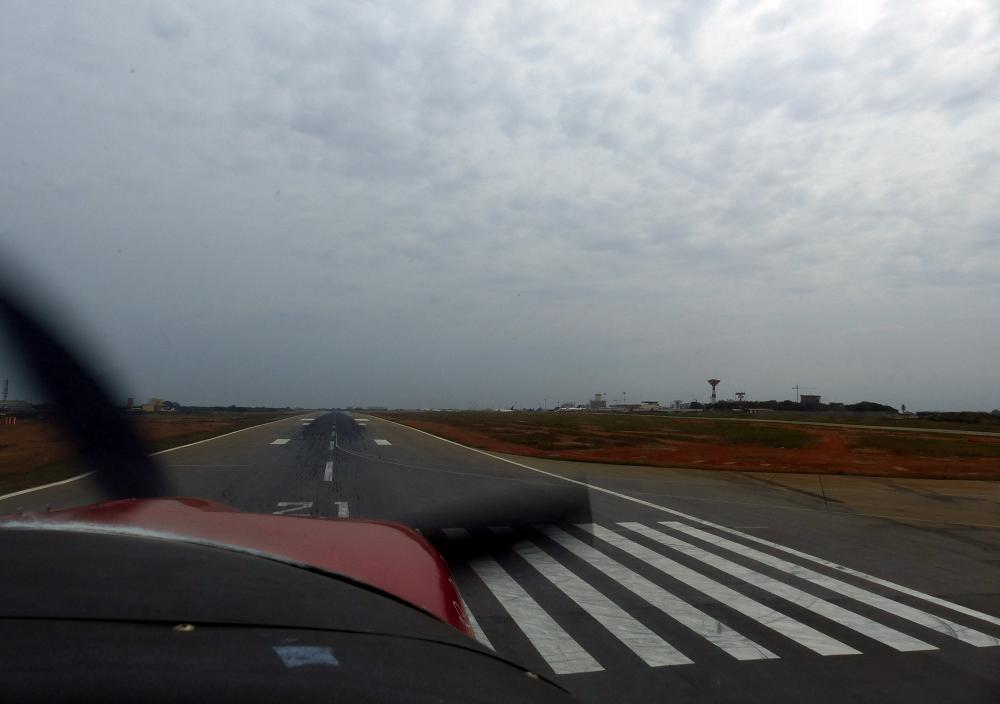Katamarino
Pattern Altitude
Here's the next few days! On the new website there'll be rather more pictures.
============
Betty had done a superb job of putting together a program of activities for our visit. Our first stop was a local girl's secondary school, where summer school was in session. The students, 150 or so girls from age 10 to around 13, were assembled around a large open air stage in the school yard and Sophia was presented with a megaphone to deliver a motivational speech about the project, and the importance of female education. A cameraman from the Sierra Leone Broadcasting Company (SLBC) was also in attendance to record the visits. After the speech, the girls were invited to ask questions; the majority of the questions at first were about being a pilot, rather than anything to do with being a doctor! While most of the girl had probably met a doctor before, a pilot was someone new and exciting. The conversation did turn onto female health after a while, and Sophia's advice seemed to be well received and sparked another round of questions and comments.
Presenting at the school
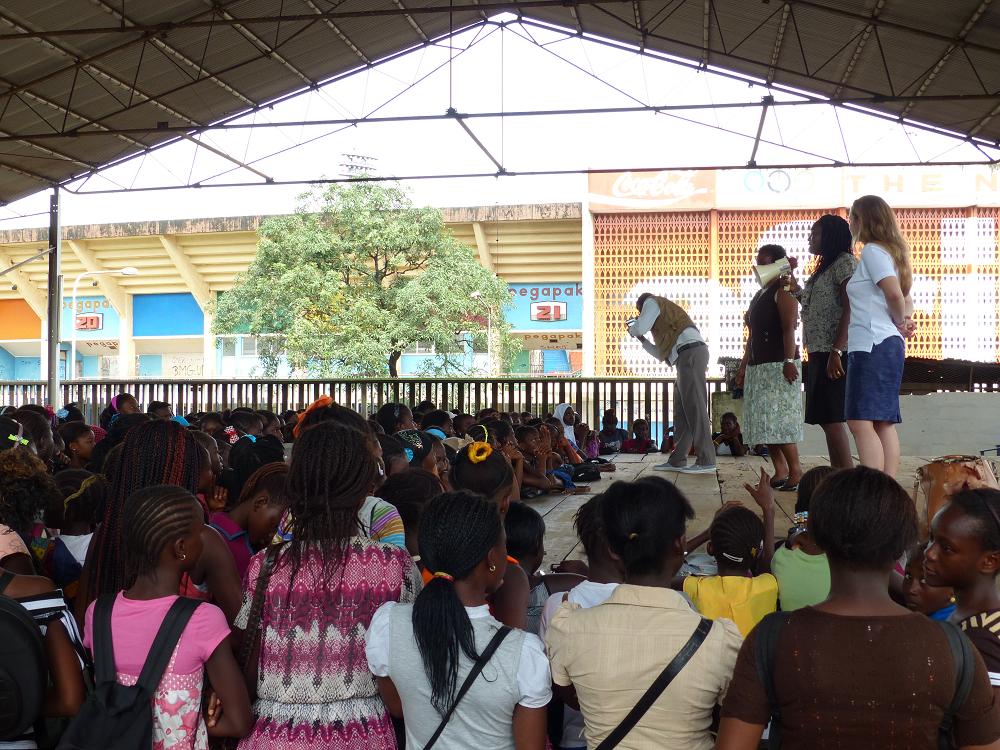
After the talk, Sophia presented a "Flight for Every Mother" poster which was swiftly hung up on the wall of the school. As we were leaving, one of the younger girls was trailing us, but too shy to start a conversation. I chatted to her, and asked her what she liked most about school; she didn't answer the question directly, but pointed to Sophia and said to me "I want to be like that lady".
Our next stop was the Ministry of Health, where the Sierra Leone Health Minister had agreed to meet with us. The Ministry was housed in a large municipal building along with several other departments such as land, business and agriculture. The minister, a relatively young lady who was obviously passionate about her work, listened with interest to Sophia's explanation of the project before explaining to us some of the main challenges they face, and programs set up to combat these issues. Maternal health, and female education, were both high on the list. She expressed her appreciation of the work being done and the importance of support from other nations, and invited us back for a longer period whenever we could come!
With the health minister
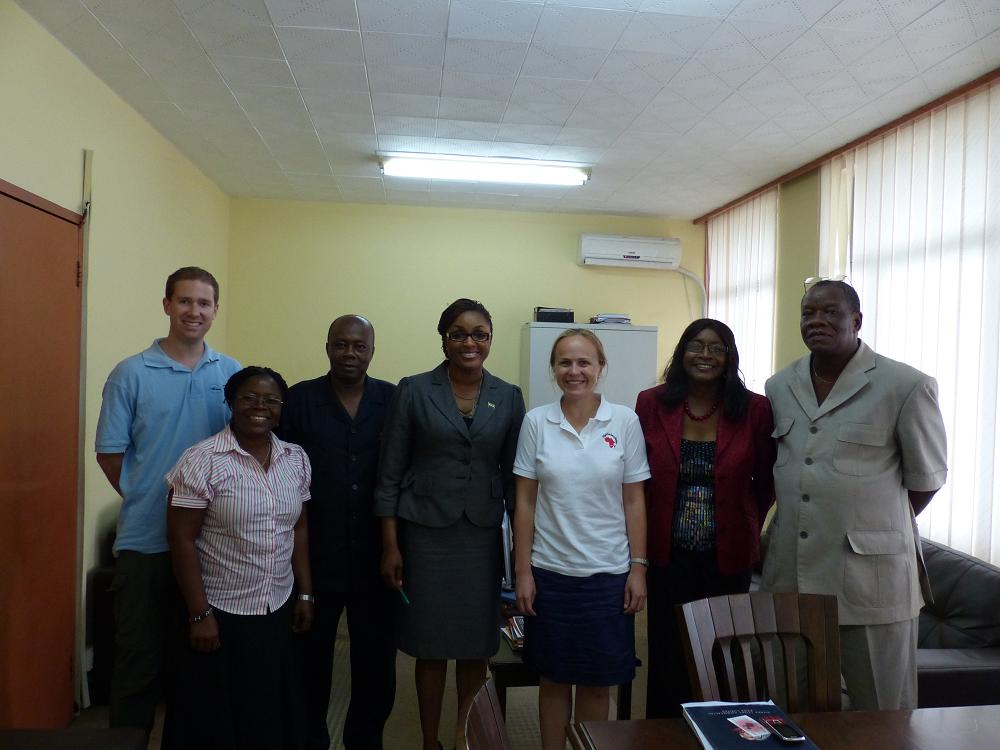
That afternoon we were dropped at a small cafe within walking distance of our accommodation; the Oasis cafe. This seemed to be something of an expat hangout, not that Freetown has many expats as far as we could tell; there were maybe four or five other people around. The food was excellent, continuing a theme set the previous night; meals in Freetown turned out to be the best that we'd had so far. Sophia had been in the city a few years before, not long after the civil war, and apparently the difference in all areas of life, food included, was quite pronounced.
==========
First on the agenda for Friday was a visit to the SLBC studios. Sophia was due to appear on the country's most popular morning radio show, "Tea Time". She was being interviewed along with a Muslim leader who was talking about the pilgrimage to Mecca, and a local health advocate who was talking about the problem of cheap alcohol in the community. The collection of speakers was a slightly strange mix, but still interesting, and over the hour long program there were a great deal of positive reactions from people calling in.
Radio show time
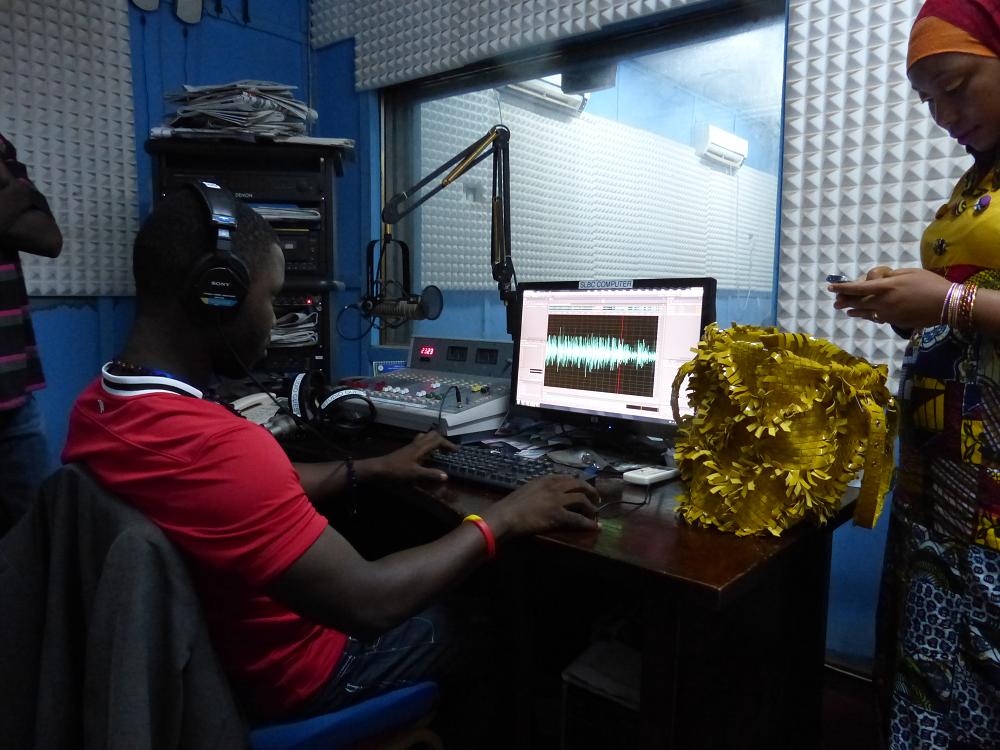
From the studio, we headed to the hospital where LSTM had arranged for Sophia to give a teaching session to a group of midwives. We were accompanied again by the cameraman from SLBC. This was the first time we'd actually been able to run a full training session and it was well attended by 15 or so hospital staff, with the department chief dropping in from time to time. The session was started off with a short lecture on causes of maternal collapse, followed by instruction on the resuscitation of newborns. To conclude, some practical training was carried out using the "Mama Natalie" birthing simulator to practice dealing with complicated births.
Birthing simulator, and local nurses
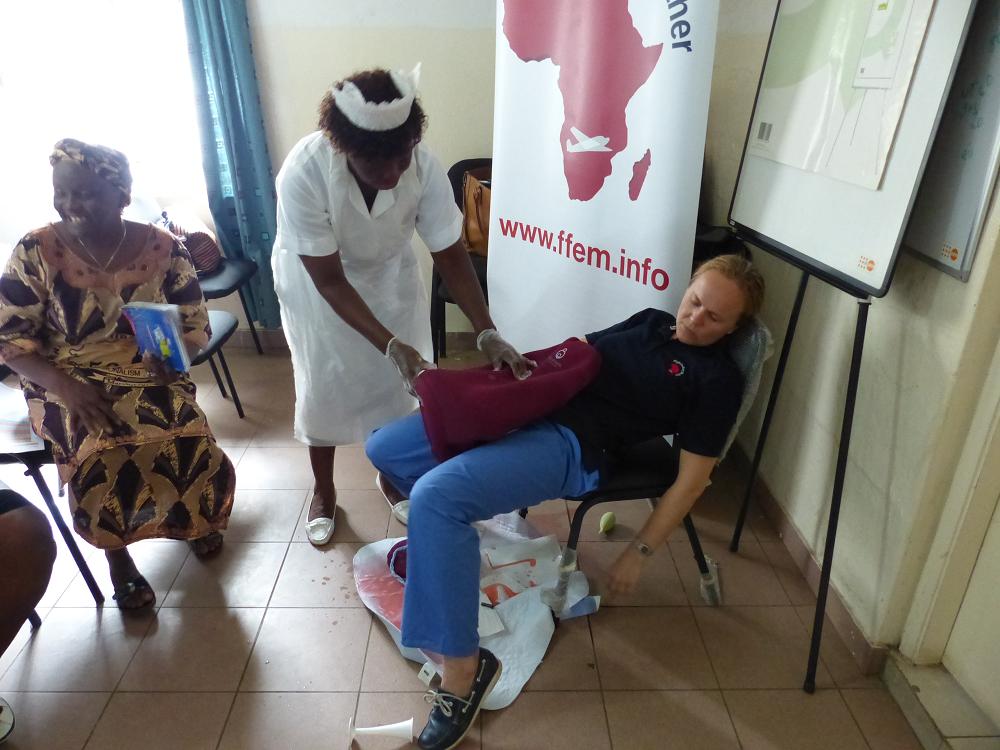
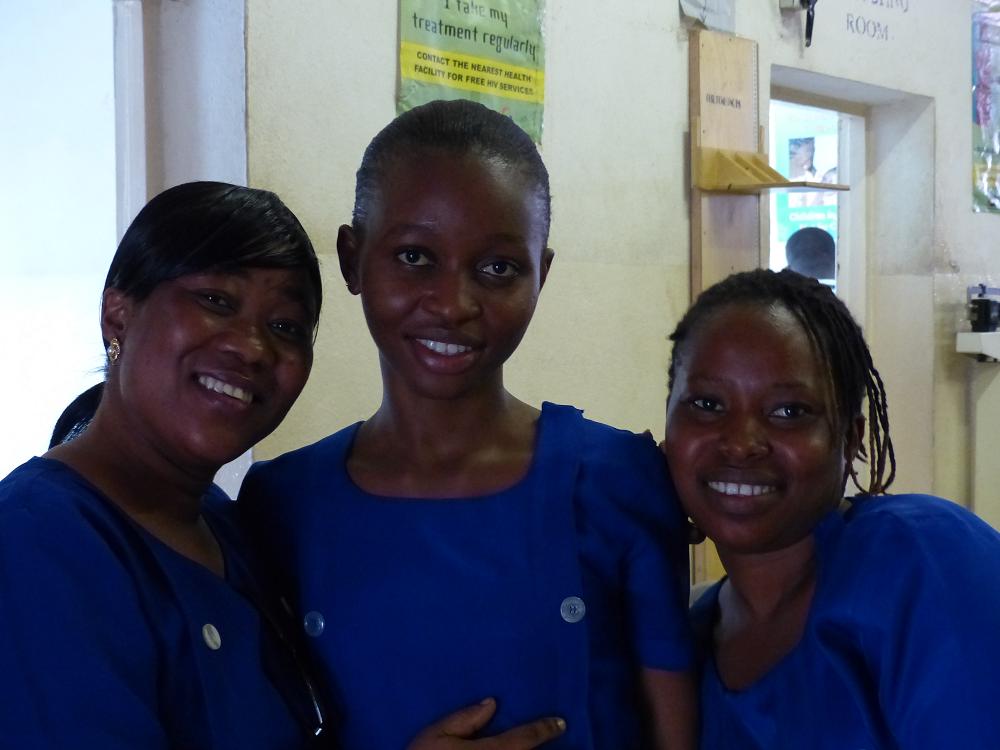
Our work at the hospital completed, we headed out to one of the local clinics in the city; this one was at "Ross Road". These centers were of course much smaller and more poorly equipped than the main hospital that we had been to visit in the morning. They dealt with all health issues here, preventative as well as curative, but also had two small rooms dedicated to maternity. Here more than anywhere they were particularly grateful for the equipment donations; although simple, the gear would clearly make a big difference to the help that they could offer to pregnant women.
That afternoon we once again found ourselves in the Oasis cafe. All the same people from the previous day were there again, including two girls who were in a state because they'd been kicked out of their rental accommodation and were frantically trying to find somewhere to stay. Apparently their only option so far had a landlord who disliked Brits, so they were working up a story about being from the Yemen; it was not yet entirely convincing.
============
Betty had done a superb job of putting together a program of activities for our visit. Our first stop was a local girl's secondary school, where summer school was in session. The students, 150 or so girls from age 10 to around 13, were assembled around a large open air stage in the school yard and Sophia was presented with a megaphone to deliver a motivational speech about the project, and the importance of female education. A cameraman from the Sierra Leone Broadcasting Company (SLBC) was also in attendance to record the visits. After the speech, the girls were invited to ask questions; the majority of the questions at first were about being a pilot, rather than anything to do with being a doctor! While most of the girl had probably met a doctor before, a pilot was someone new and exciting. The conversation did turn onto female health after a while, and Sophia's advice seemed to be well received and sparked another round of questions and comments.
Presenting at the school

After the talk, Sophia presented a "Flight for Every Mother" poster which was swiftly hung up on the wall of the school. As we were leaving, one of the younger girls was trailing us, but too shy to start a conversation. I chatted to her, and asked her what she liked most about school; she didn't answer the question directly, but pointed to Sophia and said to me "I want to be like that lady".
Our next stop was the Ministry of Health, where the Sierra Leone Health Minister had agreed to meet with us. The Ministry was housed in a large municipal building along with several other departments such as land, business and agriculture. The minister, a relatively young lady who was obviously passionate about her work, listened with interest to Sophia's explanation of the project before explaining to us some of the main challenges they face, and programs set up to combat these issues. Maternal health, and female education, were both high on the list. She expressed her appreciation of the work being done and the importance of support from other nations, and invited us back for a longer period whenever we could come!
With the health minister

That afternoon we were dropped at a small cafe within walking distance of our accommodation; the Oasis cafe. This seemed to be something of an expat hangout, not that Freetown has many expats as far as we could tell; there were maybe four or five other people around. The food was excellent, continuing a theme set the previous night; meals in Freetown turned out to be the best that we'd had so far. Sophia had been in the city a few years before, not long after the civil war, and apparently the difference in all areas of life, food included, was quite pronounced.
==========
First on the agenda for Friday was a visit to the SLBC studios. Sophia was due to appear on the country's most popular morning radio show, "Tea Time". She was being interviewed along with a Muslim leader who was talking about the pilgrimage to Mecca, and a local health advocate who was talking about the problem of cheap alcohol in the community. The collection of speakers was a slightly strange mix, but still interesting, and over the hour long program there were a great deal of positive reactions from people calling in.
Radio show time

From the studio, we headed to the hospital where LSTM had arranged for Sophia to give a teaching session to a group of midwives. We were accompanied again by the cameraman from SLBC. This was the first time we'd actually been able to run a full training session and it was well attended by 15 or so hospital staff, with the department chief dropping in from time to time. The session was started off with a short lecture on causes of maternal collapse, followed by instruction on the resuscitation of newborns. To conclude, some practical training was carried out using the "Mama Natalie" birthing simulator to practice dealing with complicated births.
Birthing simulator, and local nurses


Our work at the hospital completed, we headed out to one of the local clinics in the city; this one was at "Ross Road". These centers were of course much smaller and more poorly equipped than the main hospital that we had been to visit in the morning. They dealt with all health issues here, preventative as well as curative, but also had two small rooms dedicated to maternity. Here more than anywhere they were particularly grateful for the equipment donations; although simple, the gear would clearly make a big difference to the help that they could offer to pregnant women.
That afternoon we once again found ourselves in the Oasis cafe. All the same people from the previous day were there again, including two girls who were in a state because they'd been kicked out of their rental accommodation and were frantically trying to find somewhere to stay. Apparently their only option so far had a landlord who disliked Brits, so they were working up a story about being from the Yemen; it was not yet entirely convincing.

